Late December 2022.
Ever since we started cycling in South America back in January 2018 the famous Monkey Puzzle Trail had been on our radar. It’s one of few bikepacking.com routes in that corner of the world and promised to provide a conveniently off-road sample of one of Chile’s most spectacular provinces, Araucanía.
Although only 233km long, the Monkey Puzzle Trail did not disappoint, providing a continually interesting journey through Mapuche heartland, the Ande’s Southern Volcanic Zone and large swathes of nothofagus and araucaria forest. Here’s a summary of our ride.
The theme of the first section of the Monkey Puzzle Trail is to contour around the edges of two large embalses (reservoirs). The scenery becomes nice quite quickly after you leave Ralco and it’s the first of the two embalses (Pangue) that is the most scenic, as its high waterline makes it look more like a natural lake than the larger Embalse Ralco.
The two are connected by the Rio Bio Bio, which the road follows past this beautiful waterfall and a string of small Mapuche communities.
The route passes through the forested flanks of Volcán Callaqui (3164m), which we caught a glimpse of from Comunidad Malla.
We were happy to find a store open in one Mapuche village for afternoon refrescos and helados. It’s always nice to have contact with local people too and we spent some time talking to this shop owner who was keen to hear all about our journey from Mendoza, even if he knew little of the regions we’d been to.
From Ralco to Comunidad Chenqueco the route is all on good dirt and gravel road (ripio, as it’s called here). We camped at a very basic (paid) campsite at Lepoy Bajo, but the shore of the embalse was not as scenic as we’d hoped for and exposed to the wind.
At Chenqueco a singletrack leads to a footbridge and the route then crosses the sierra to reach another arm of the embalse. This is a steep, loose hike-a-bike for the first twenty or so minutes away from the river and then turns into very nice (if not at times steep!) double track that climbs up the range.
Onto the good stuff now…
This was only our fifth day in Chile and we were still getting used to being surrounded by trees most of the time, after the arid canyons and mountains of Argentina.
The forest got better and better until we reached the saddle, where we stopped for a brief lunch.
With the change of geography in Chile has come much colder temps so we didn’t linger long and headed down the long descent into a gentle drizzle.
The drizzle turned to rain – which was our first in nearly five weeks! But the descent was a lot of fun after the push and steep climb.
We joined a wider dirt road at Contraco and followed this as it undulated steeply though the hills around to Lolco. In Argentina we’d become accustomed to the lack of fences and the ease of wild camping. But Chile is quite different, with its fences, locked gates and private property signs, so wild camps can be harder to find. With an ongoing wet afternoon and a shortish day already planned for the next day we decided to stop and camp in a small forested area that was unfenced for a change. There was even a good phone signal (quite unexpectedly) so we spent the rest of the afternoon drinking tea and catching up with the world. At one point someone trotted past on a horse, but did not seem to notice us stealthily tucked into the trees.
It dried out overnight and we followed more nice roads in the morning, climbing very gradually towards Volcan Lonquimay. We saw just a handful of vehicles and a couple of farm workers on horseback.
The Monkey Puzzle Trail is named for its abundance of araucaria trees (aka Monkey Puzzle trees in many English speaking countries). To the Mapuche, Chile’s predominant indigenous people, they’re known as Pehuen. We’d seen a few of these trees here and there in the past few days, but finally on the scoria slopes of Lonquimay we encountered them in force. They make a stunning and intriguing sight, creating a unique sense of landscape unlike anything else we’ve seen on this journey.
The other highlight of our gradual climb up the mountain were some amazing emerald and turquoise pools which have been formed by lava from the volcano flowing up close to the side of the valley and forming dams in the Rio Lolco. That’s the summit of Volcan Lonquimay in the background.
After the pools, the road climbs steadily up the mountain through stands of araucaria trees and with amazing views of the volcano and lava fields.
As usual I was all for camping high on the mountain road for the most epic views possible. We had no idea what camping options we’d find higher, and it was quite windy, so we stopped at an exposed but flat site at 1650m that had encompassing views of the lava flow and surrounding volcanic peaks. This region is more or less in the middle of the Andean Southern Volcanic Zone which features a string of prominent volcanoes, many of them currently active.
The lava field we were camped above was one of those places that’s so big it’s hard to comprehend – like looking out across the world’s largest glaciers. Most of it came from Lonquimay’s 1988 eruption which lasted for 13 months. It caused catastrophic damage to the surrounding region, and the lava flow grew to over 10km in length, smothering quite a large area that had previously been farmed.
Looking back towards the road we had followed, along the boundary of the lava and forest, before climbing more steeply up the mountain (just visible centre right).
From camp we could see four volcanoes: Lonquimay, Tolhuaca, Callaqui and Copahue.
Blue hour brought some nice light before I settled in for the night. That’s Volcan Tolhuaca (2806m) in the background.
As hoped for, Lonquimay caught some nice light in the morning.
Along with the distant slopes of Tolhuaca, and a small, more recent cone on its lower slopes.
It was windier over night than it had been when we’d set up camp, so it was a cold pack up in the shade and we all left camp with most of our clothes on, climbing steadily up the road to try and warm up. As we gained height the views got even more expansive.
It was a stunning place to be early in the morning.
At 1850m there is a mirador (lookout). Anyone else considering wild camping up here should take note that this is probably the most sheltered site, with potential tent sites just below the mirador.
After the mirador the road climbs more easily, with plenty of opportunities to take in the view. This section crossing Lonquimay is the zenith of the Monkey Puzzle Route and well worth aiming for as a place to camp, or not rush through.
Finally we began to descend, and as we did yet another volcano came into view to the south; Sierra Nevada (2554m).
So too did another cyclist on his way up the hill. Dr Dirtbag (Sean) has the honour of being the first touring cyclist we’d seen since Mendoza (five weeks, 2000-odd km). Apparently a lifestyler too, he was dressed more like a mountain runner and travelling light up the mountain on a Salsa Cutthroat with plans to stash his bike and climb to the summit. Sean had left his gear in a basecamp in the forest and is on a quest to scale peaks (many of them volcanoes) throughout the Americas. Check out his extensive and informative blog. Sean holds a bunch of FKTs on high peaks and his blog is a mine of information and entertaining stories about his travels and experiences.
It wasn’t until we began the long climb over to Lonquimay township that we began to warm up properly. Of course we had to stop for a few more obligatory araucaria-and-volcano photos, especially seeing as it was Christmas eve.
Lonquimay town is about the size of Methven in New Zealand and was the biggest town we’d seen since leaving Mendoza. We found a cosy cabaña for two nights for a well earned break. And were very happy to see a reasonable sized supermarket to stock up with Christmas goodies. A generous Christmas breakfast was followed by an even more generous brunch of bacon and eggs and all the good things. We’d hoped to eat dinner out, but town was dead, so we had to default to a meal of pork chops, pasta, pasta sauce and frozen vegetables, which was a slight disappointment, but wolfed down nonetheless.
Timber cladding is very common in Chile and quite distinctive in style, so I went for a walk early on Christmas morning to capture some of the small town’s character.
Beyond Lonquimay we continued on the Monkey Puzzle Trail but from the scenery it could easily have been in New Zealand.
At first we had great views of Sierra Nevada (2554m), before the route headed south east and then south west following the Camino China Muerta through more volcanic wilderness.
Araucaria trees and black sand defined the landscape for much of that day until we began the long descent towards Melipeuco, which sadly passes through a large section that has been devastated by forest fires.
We did catch sight of some beautiful jewel lizards, which are very common throughout this region.
Another small, but more bustling town, Melipeuco, marks the end of the Monkey Puzzle Trail. This town is on the edge of Conguillo National Park and is closer to some bigger urban centres, so had bit more going on than Lonquimay. Sadly this was the end of the ride for Rachel, who had to catch a bus to Santiago and then fly onwards to New Zealand. Rachel had been fantastic company and a very welcome part of the team since we’d left Mendoza five weeks prior, so we were sorry to see her go. Thanks for joining the adventure Rachel!
As for us, we took it easy for a day or two and did some blogging before making a side trip into Conguillo National Park for the Sierra Nevada day hike, which I’ll cover in the next blog post.
As always, thanks for reading.
Say thanks with a one-off donation, or check out our Bikepacking guide.
If you enjoy our content and find it informative or inspirational, you’re welcome to show us some love with a donation or a book purchase (US$19.99). The services we use to create our Bikepacking routes and host the website cost money, funds that we’d rather be spending on the road, creating bikepacking routes and content to share with you. Thanks for reading!

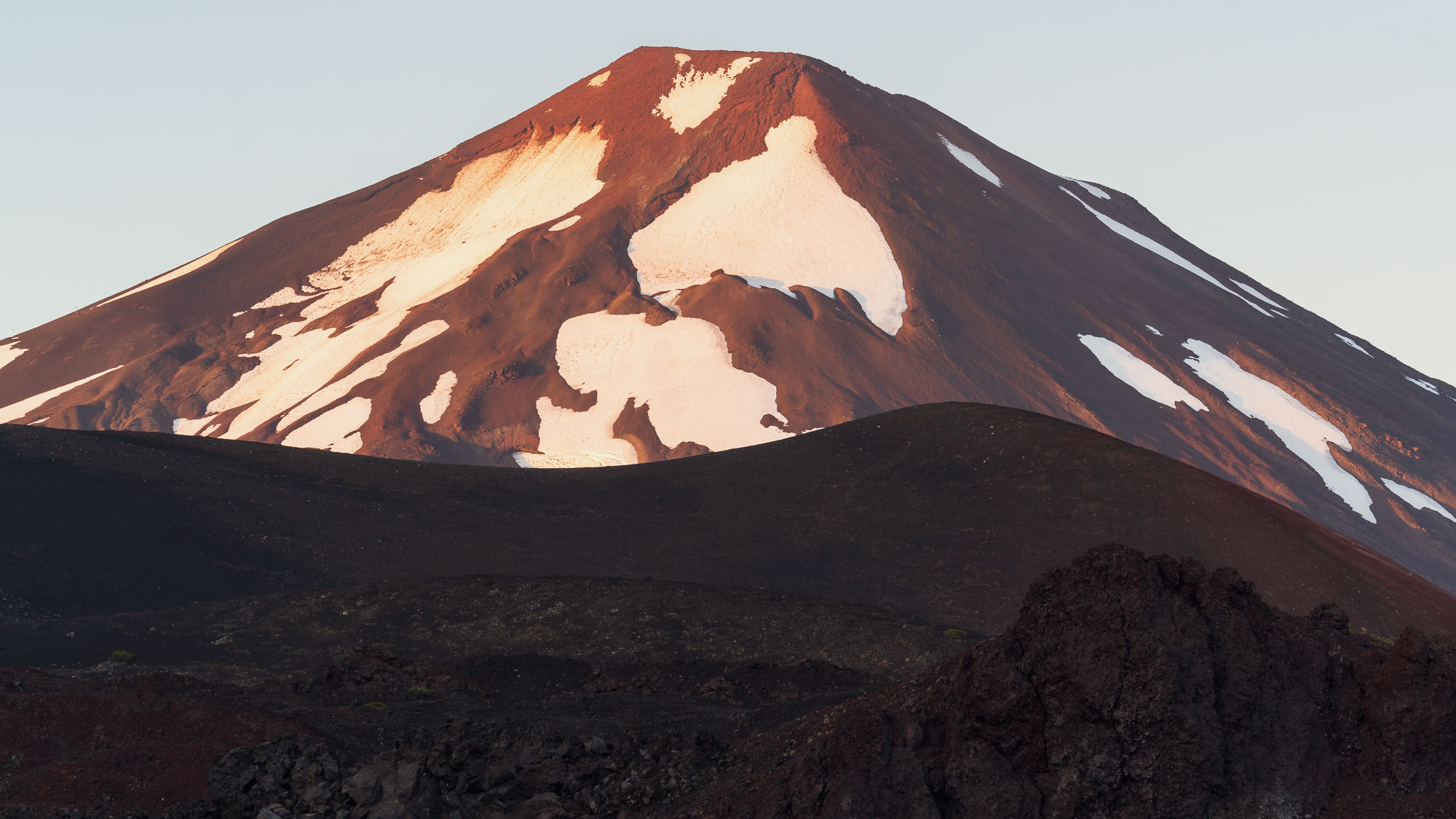
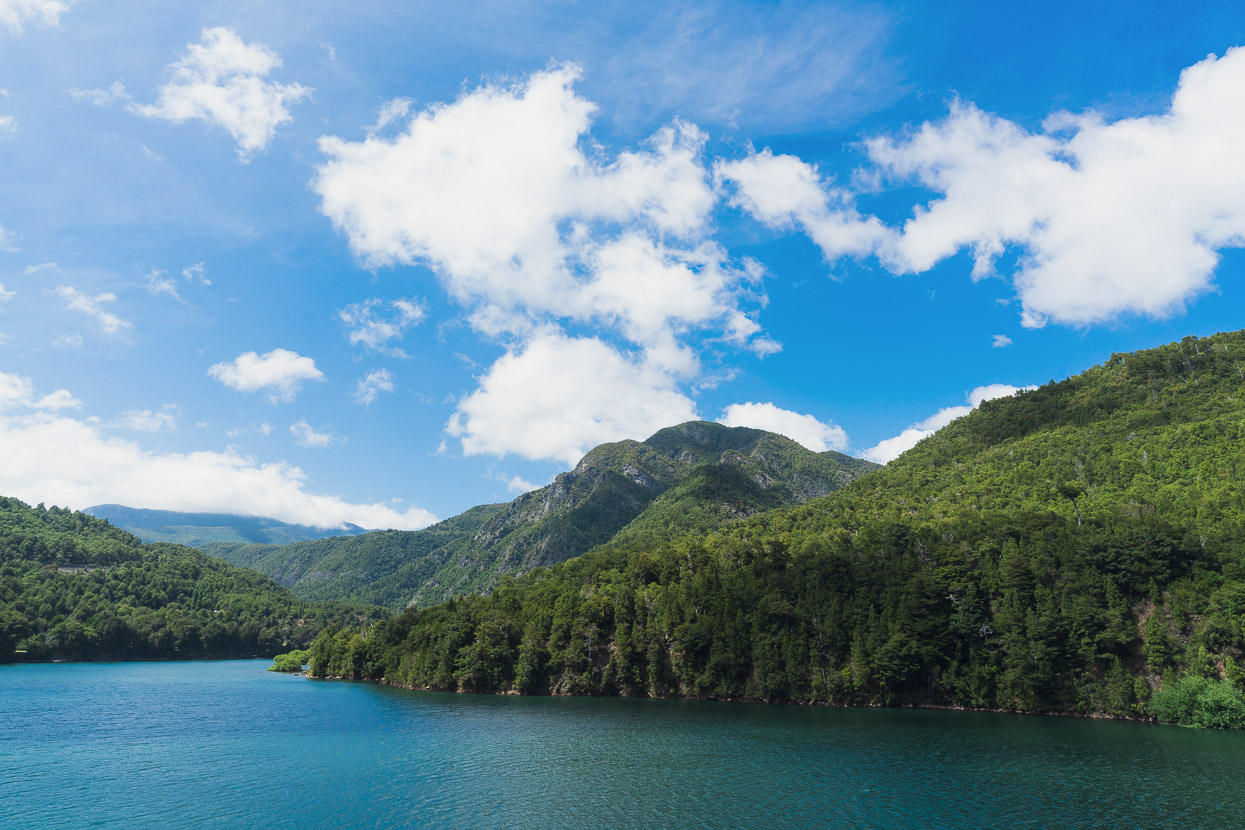
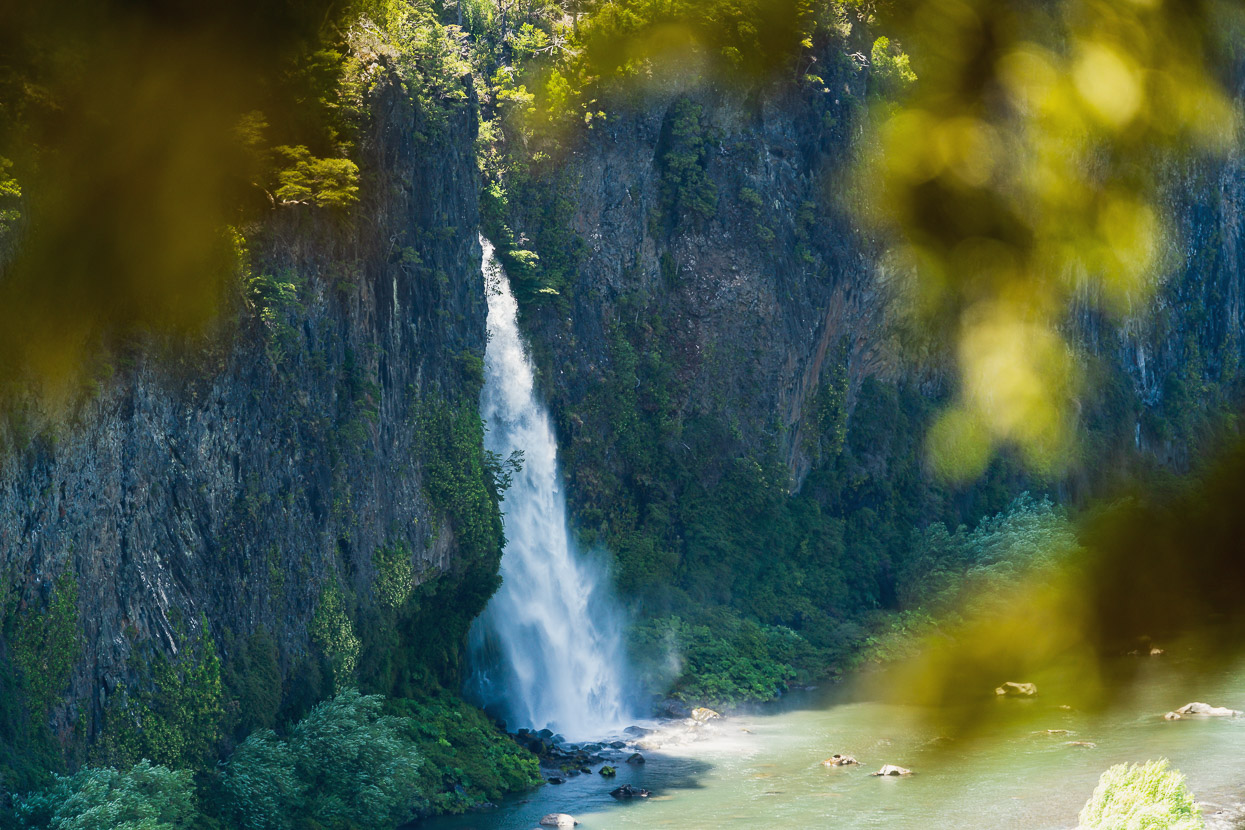
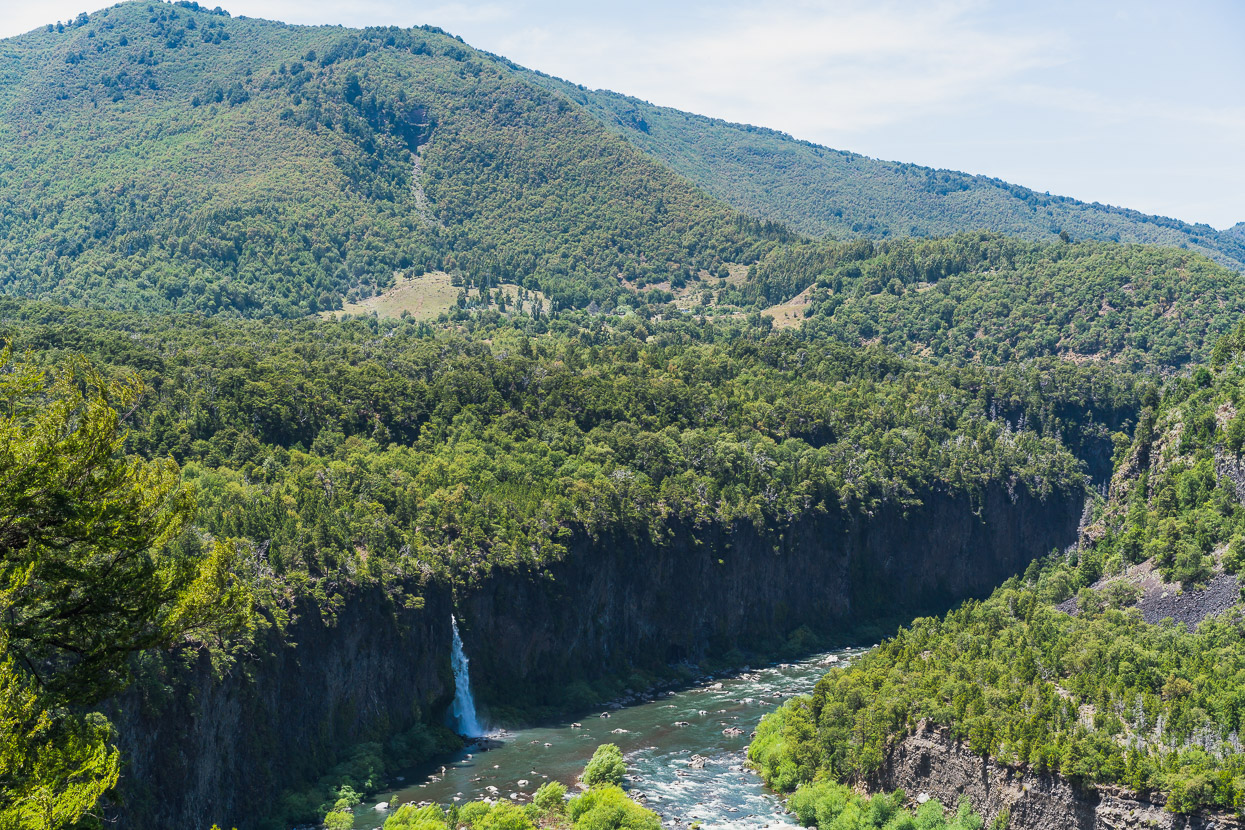
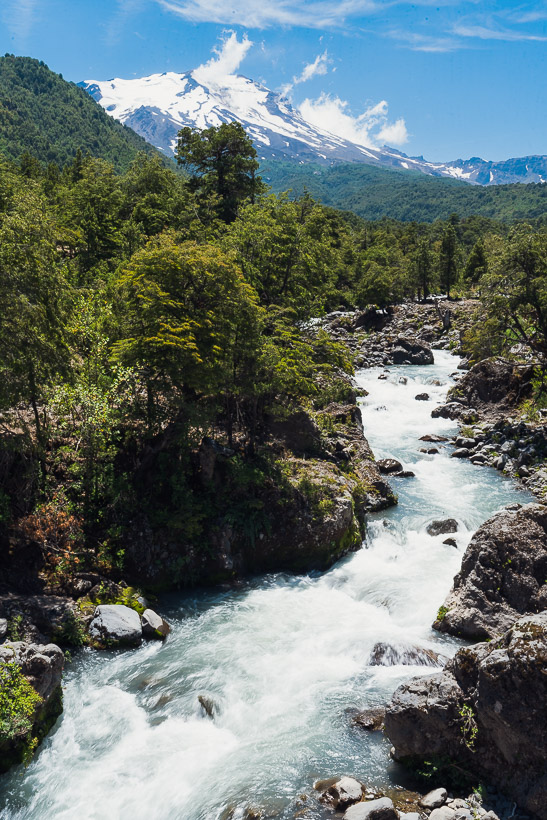
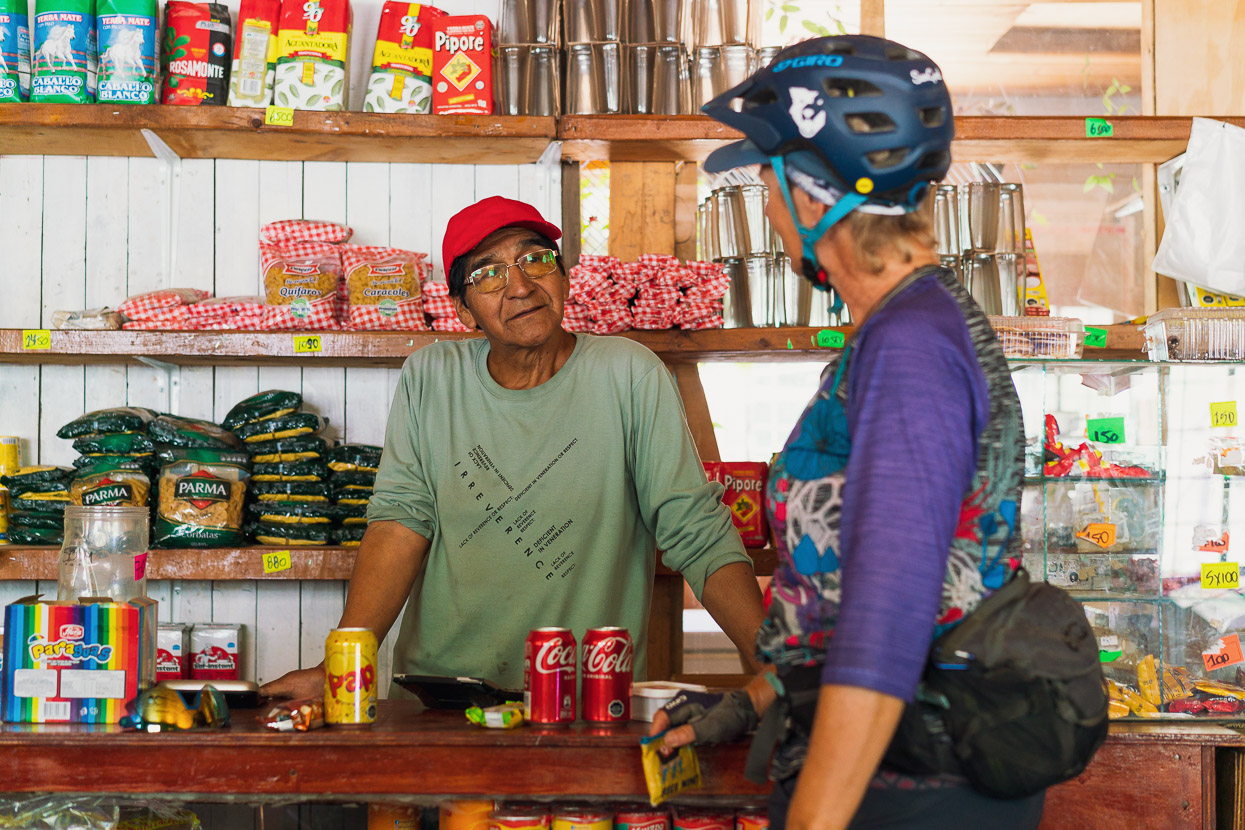
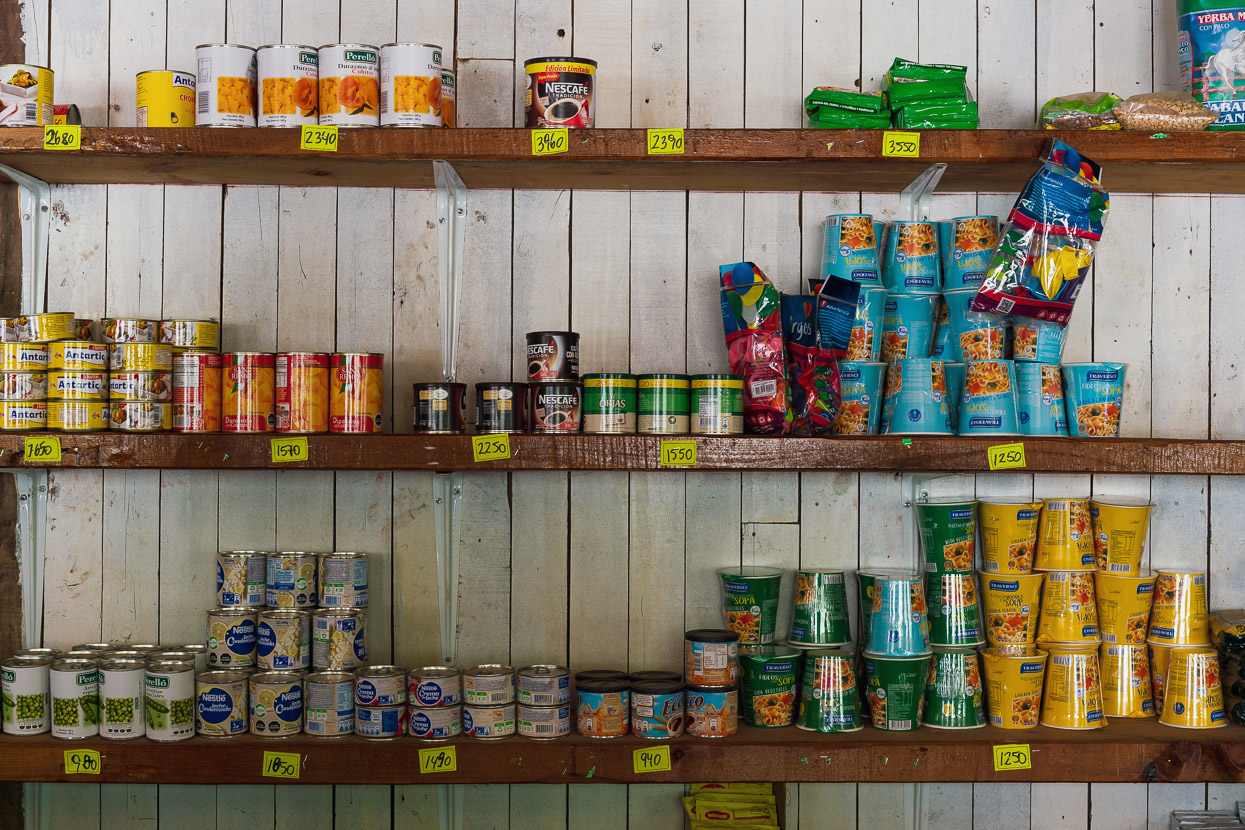
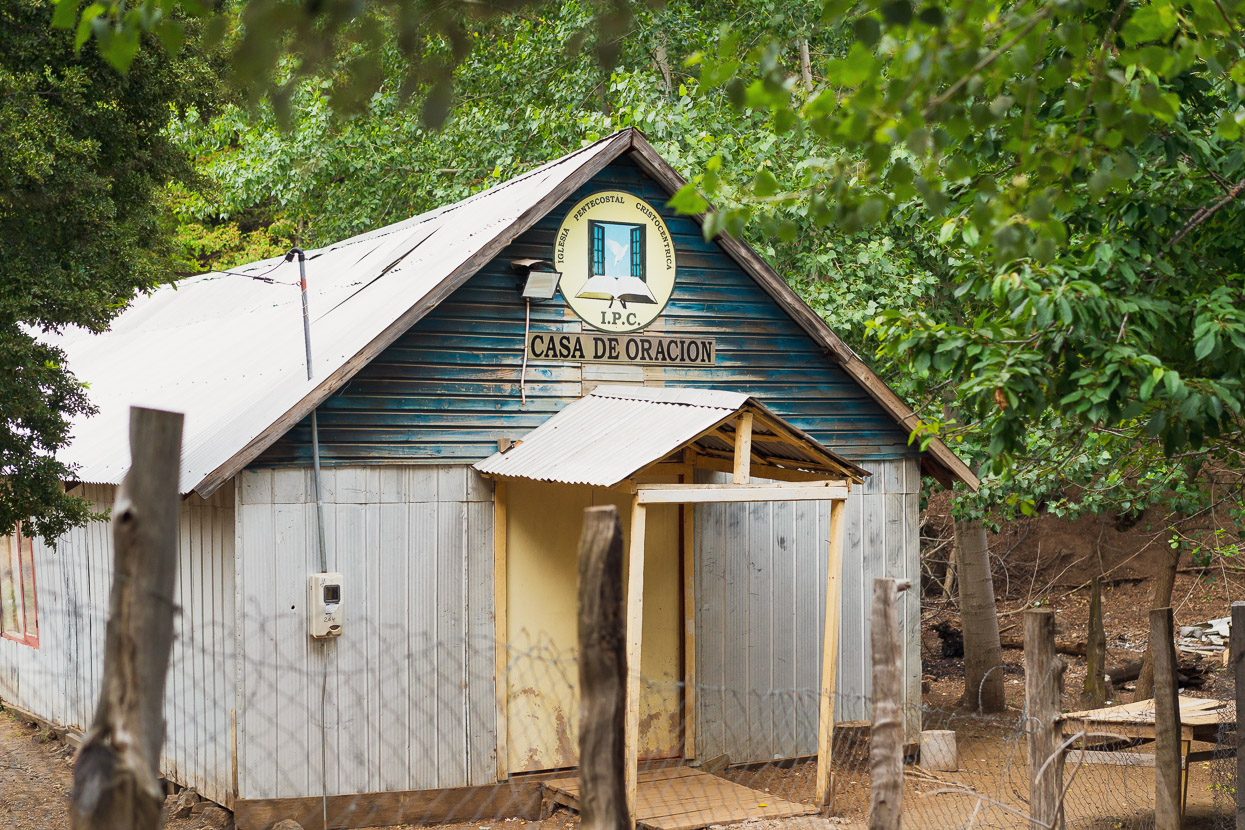
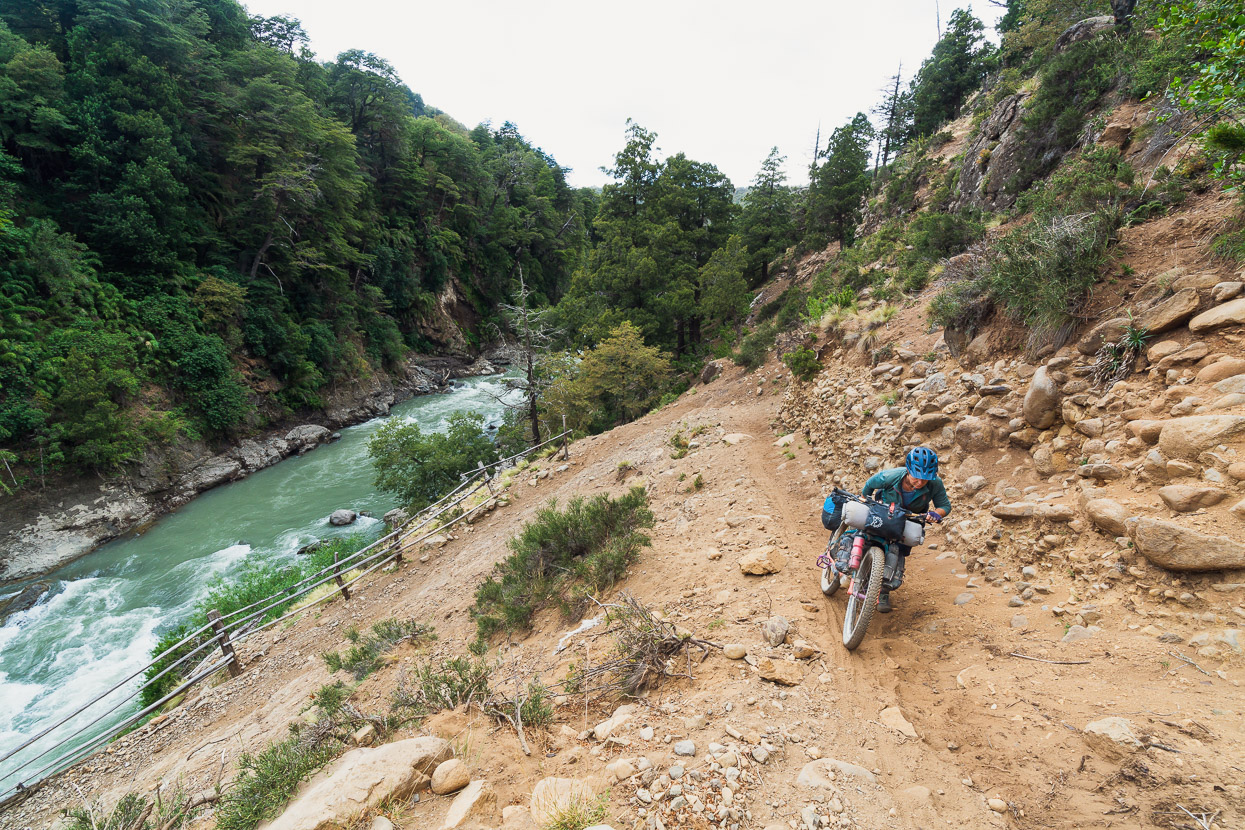
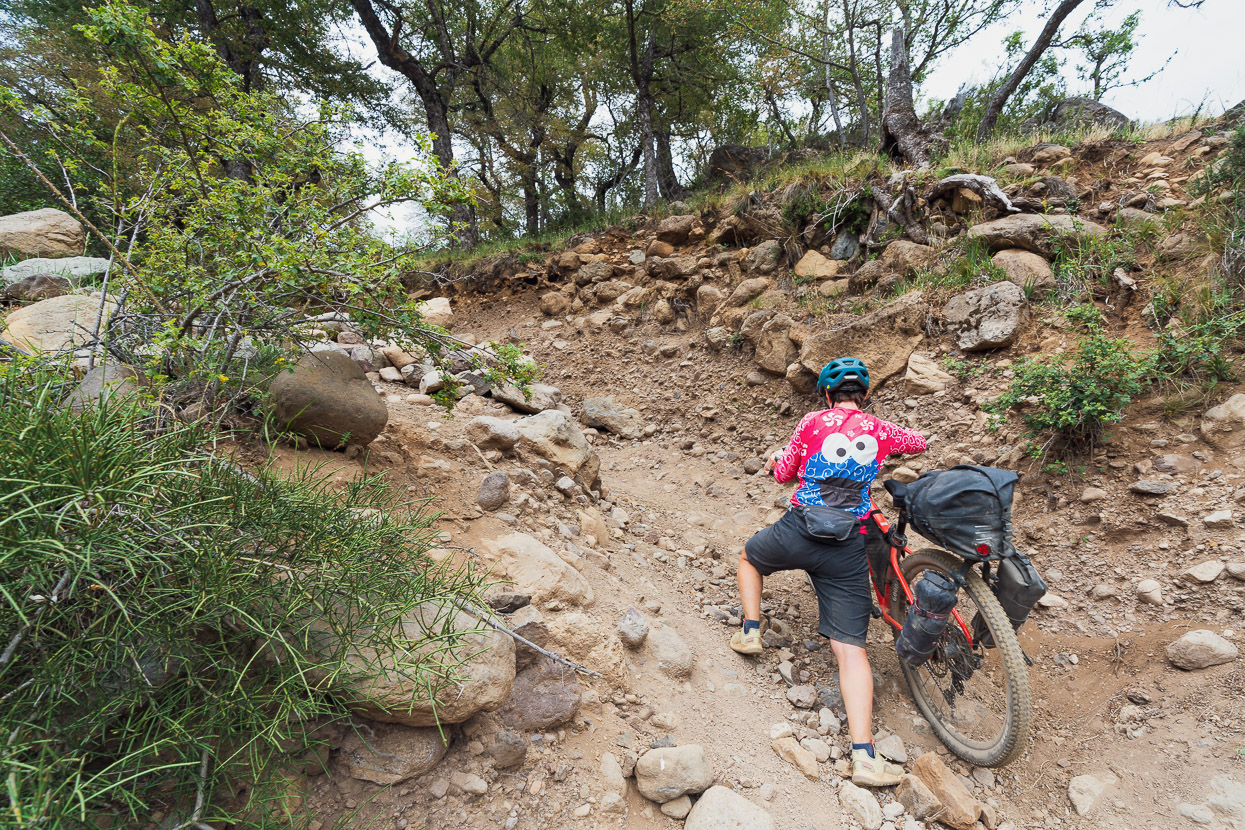
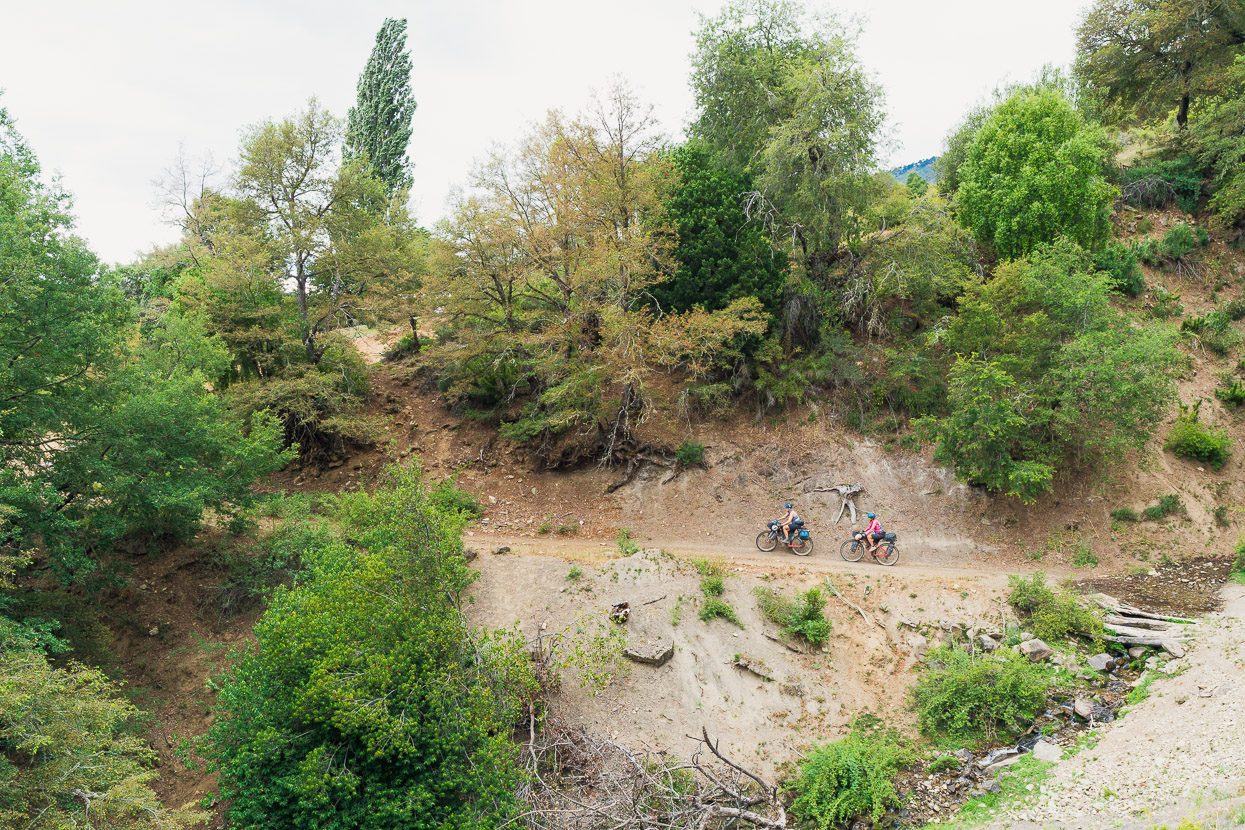
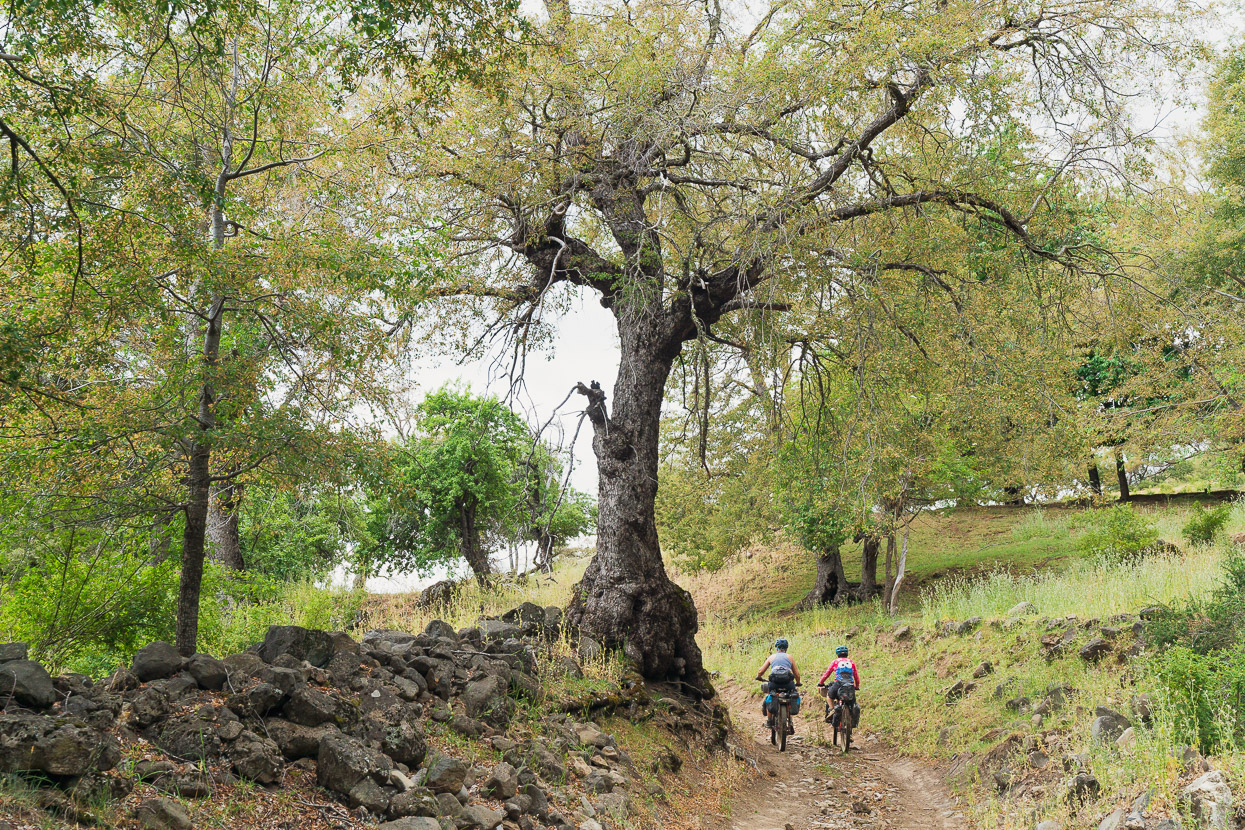
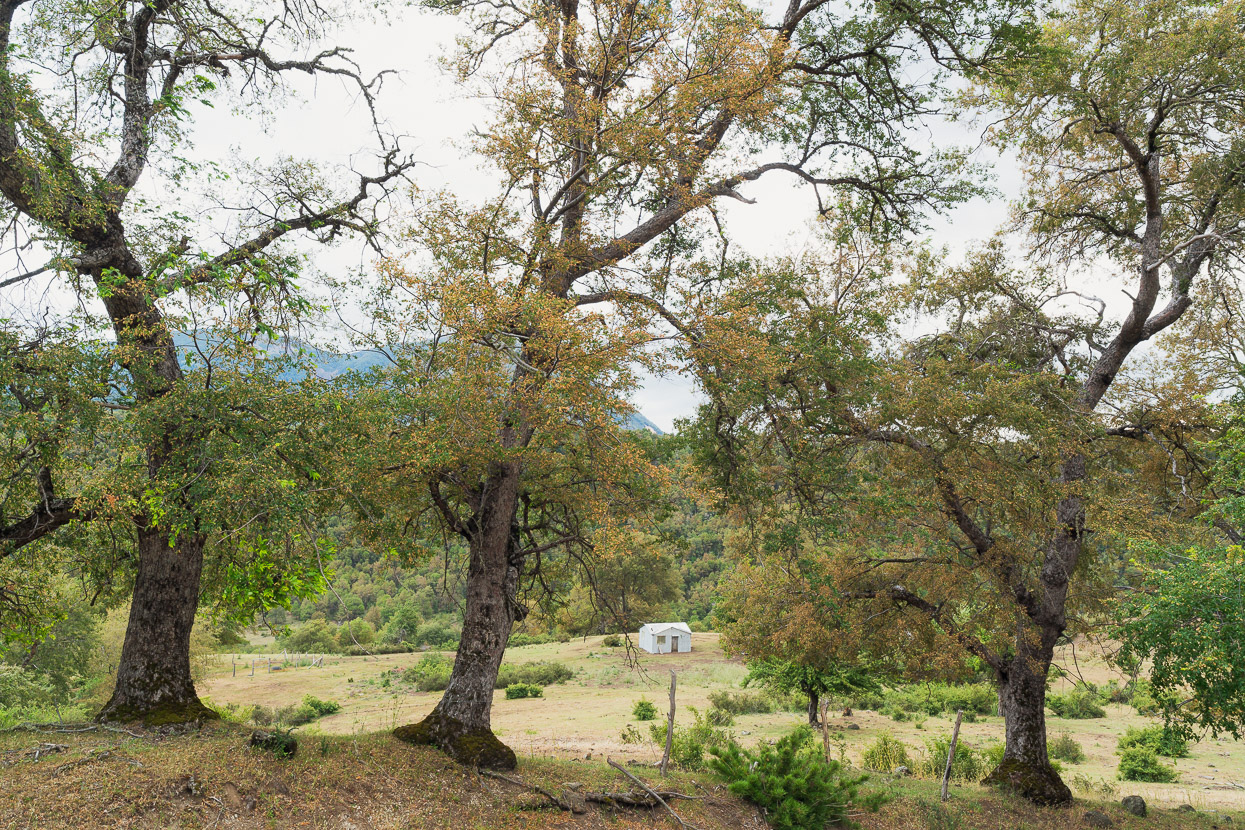
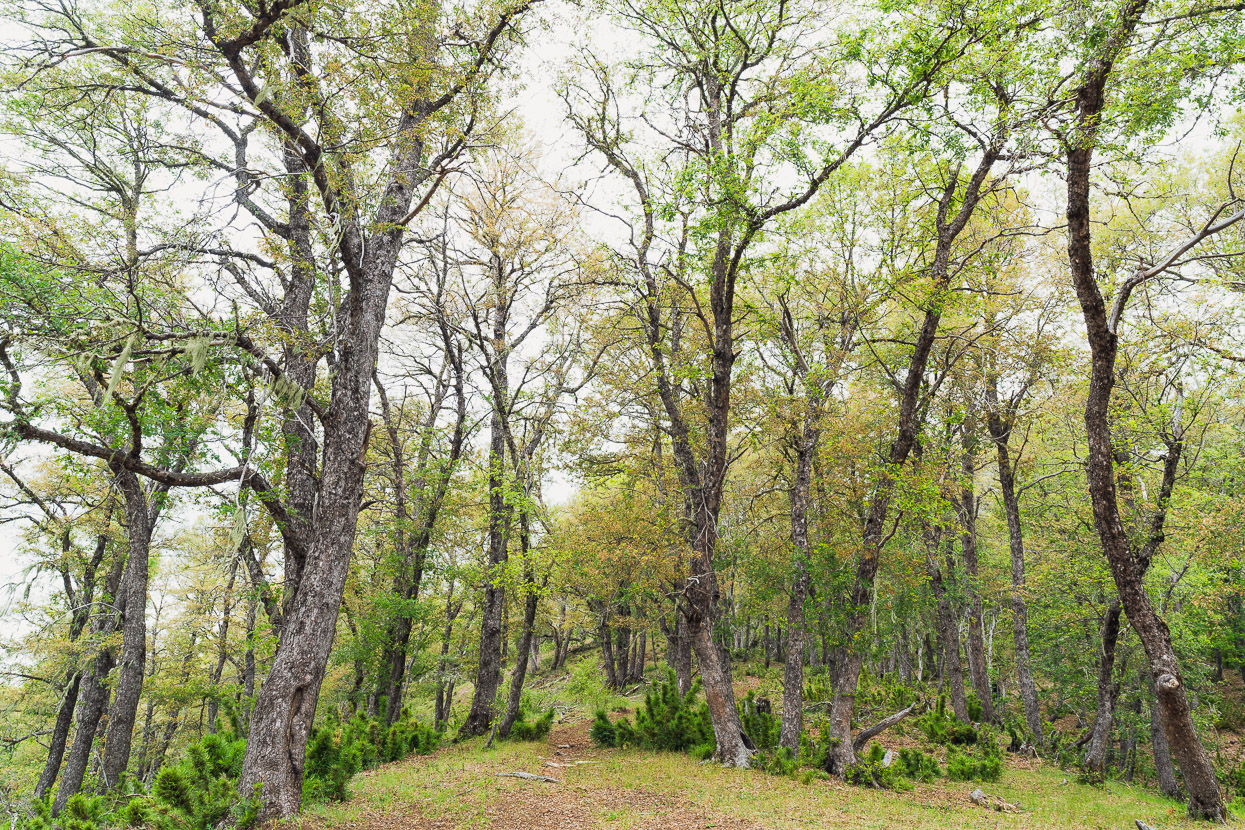
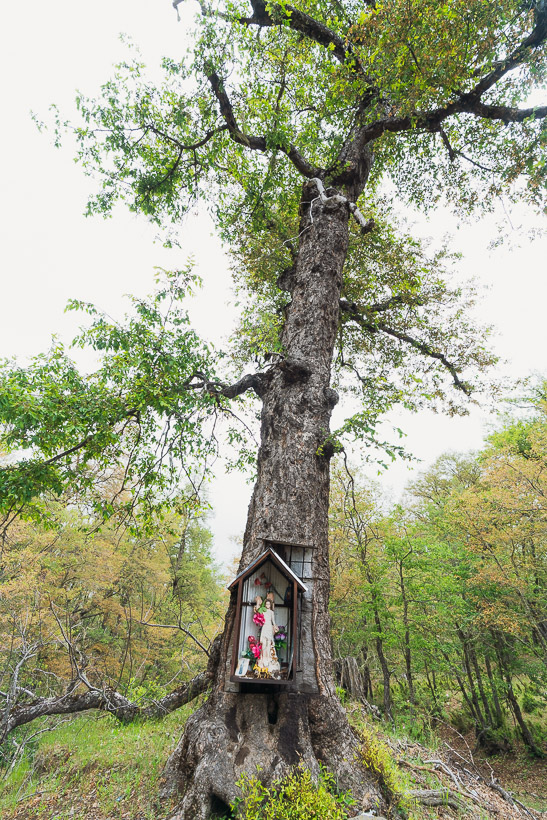
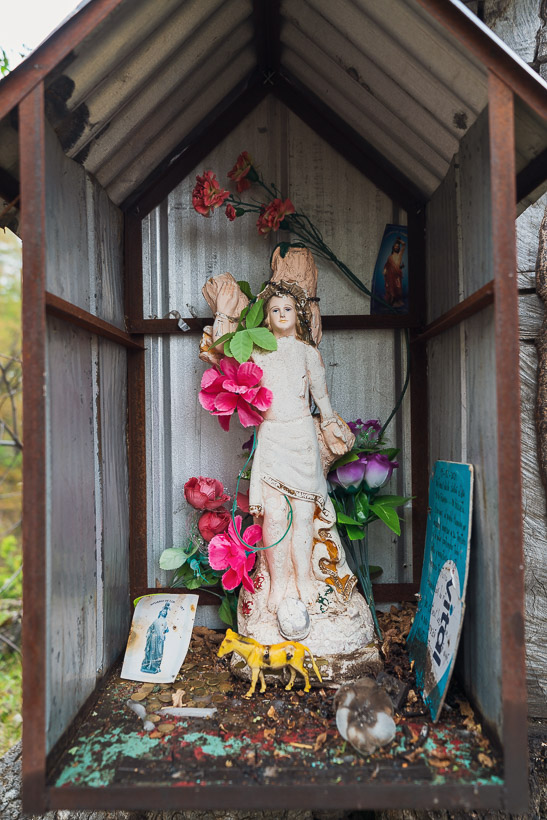
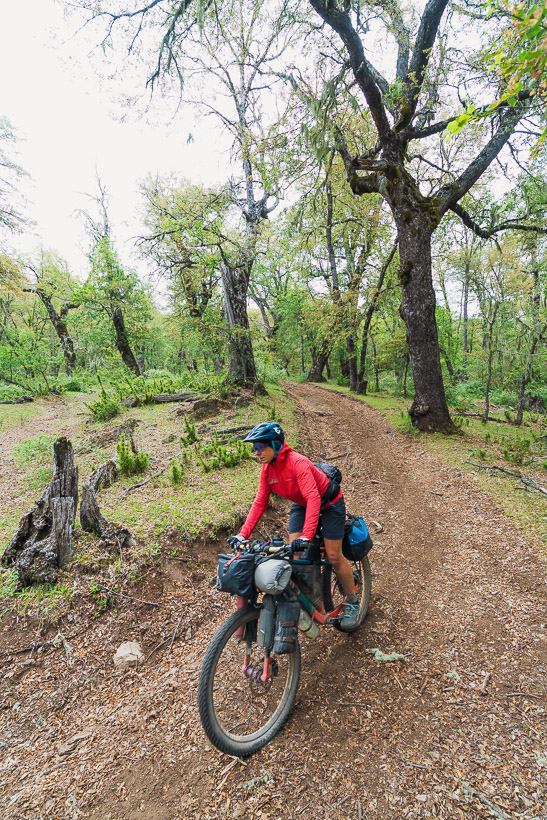
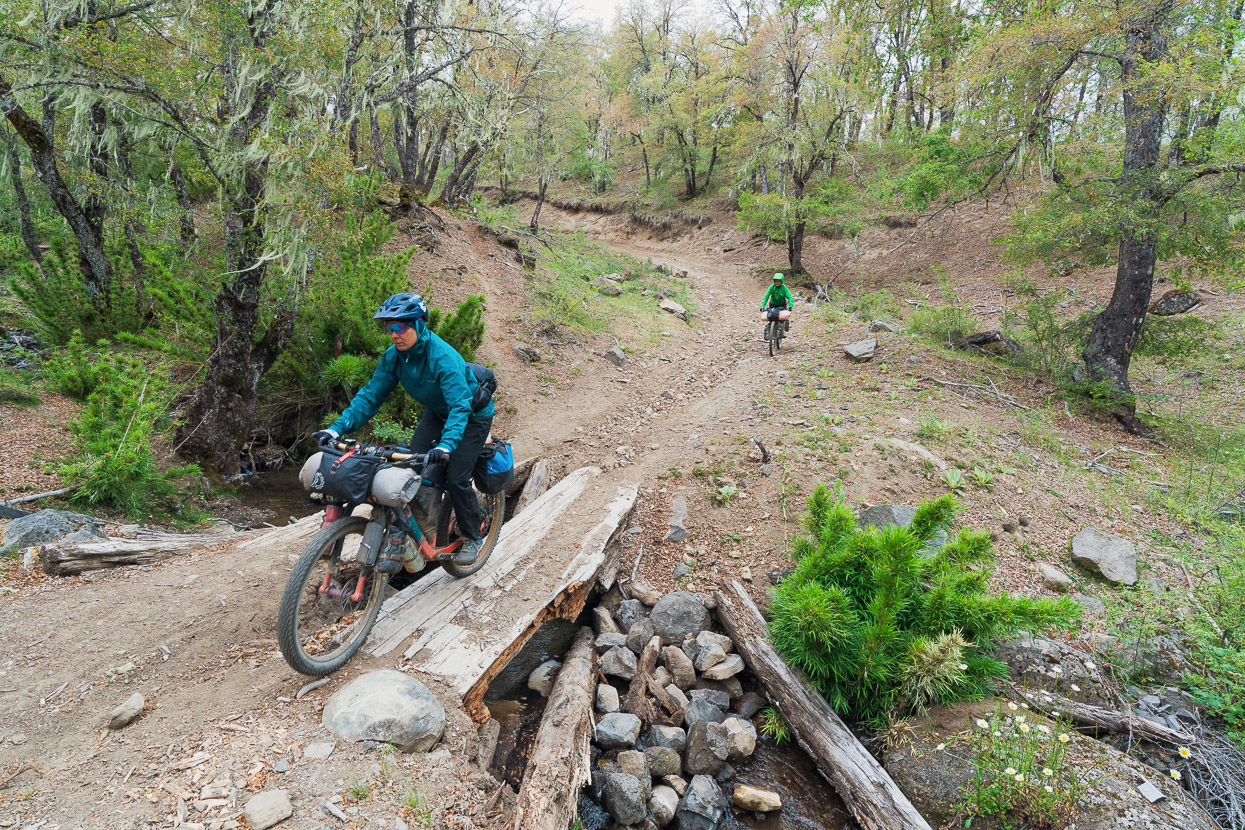
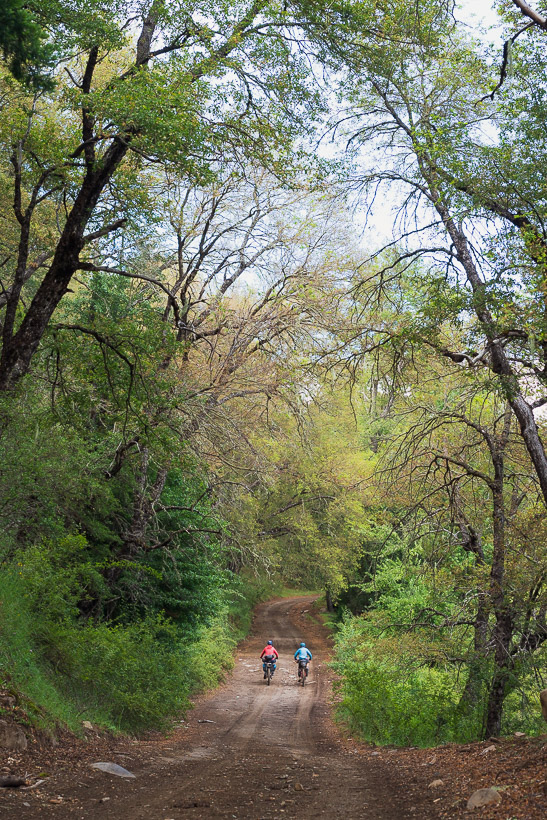
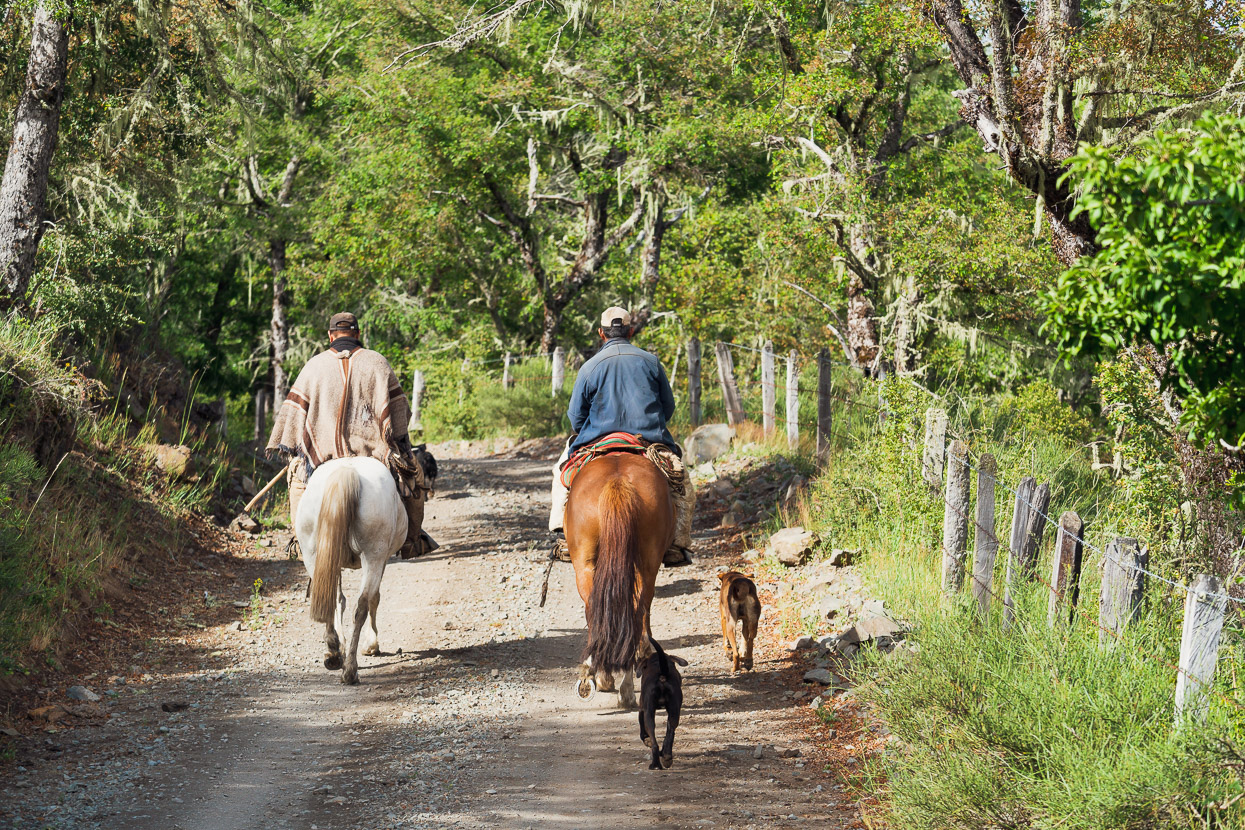
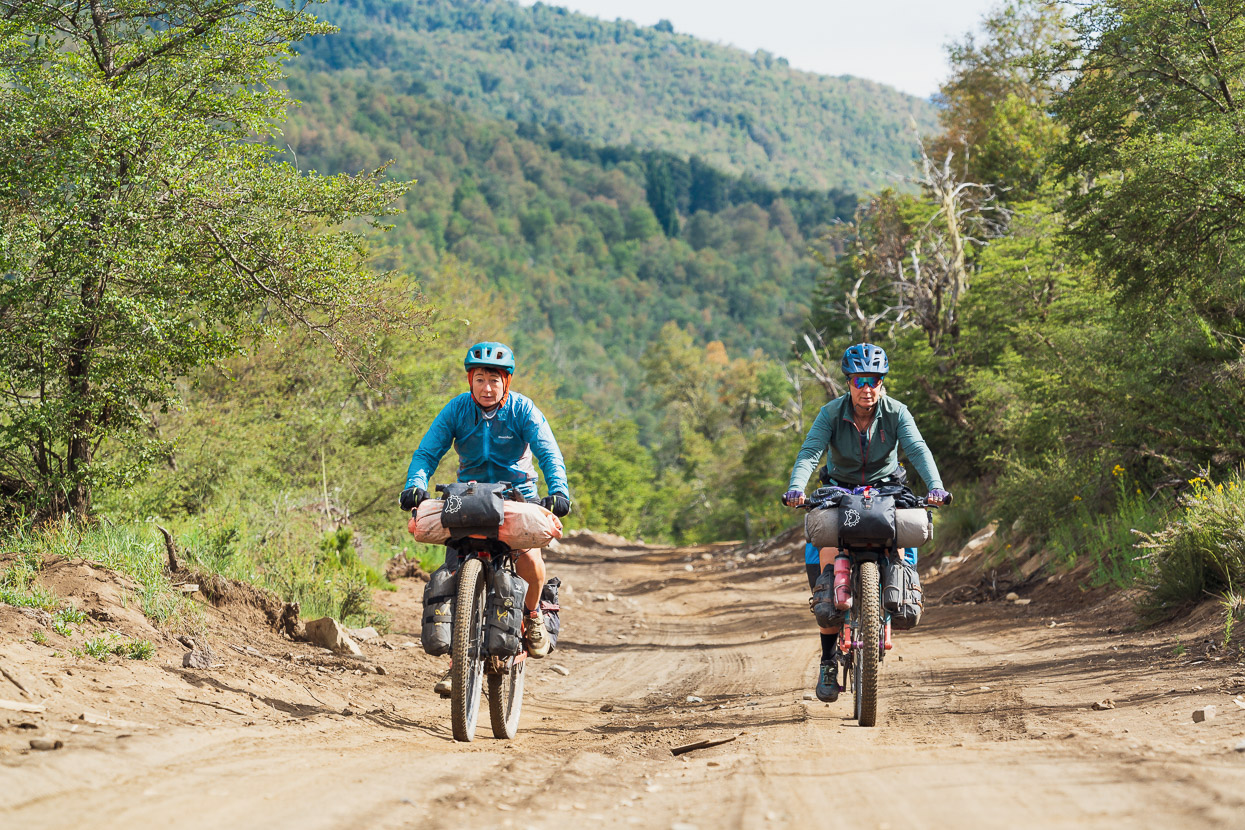
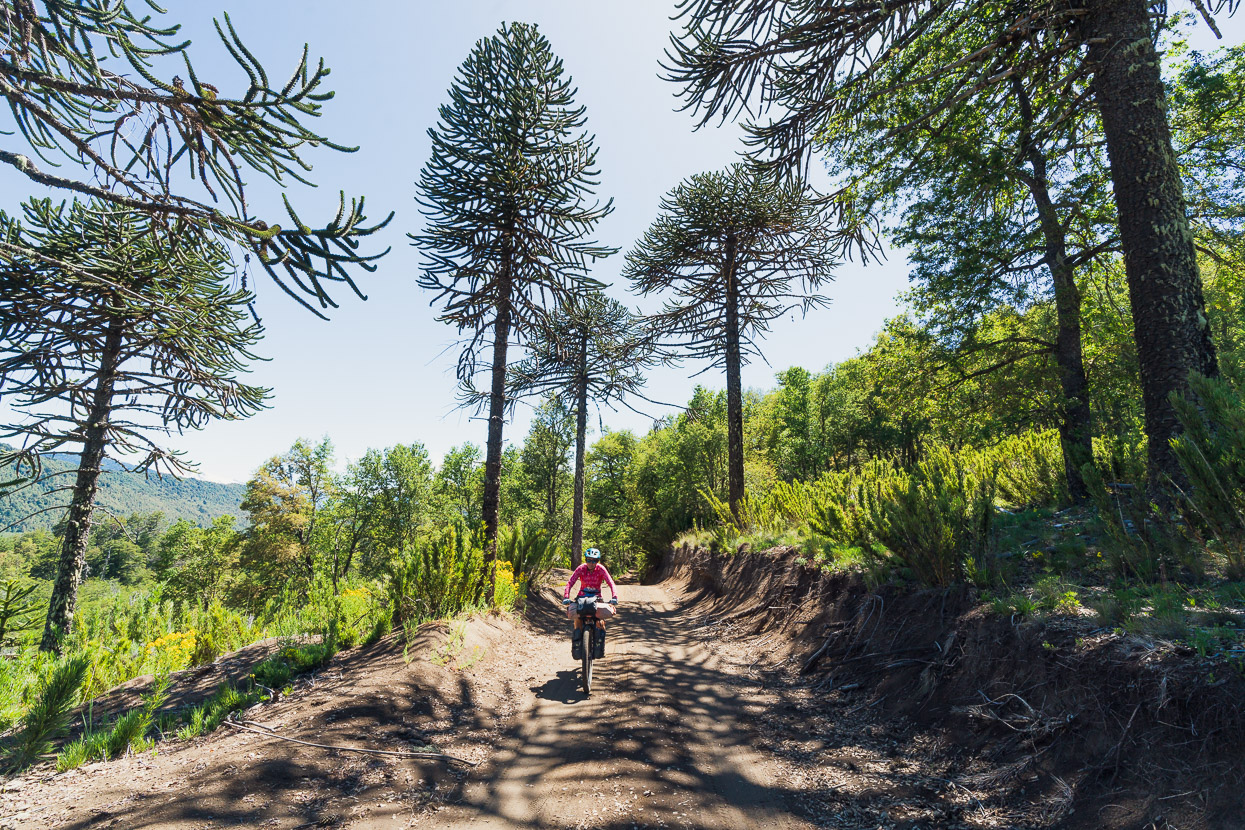
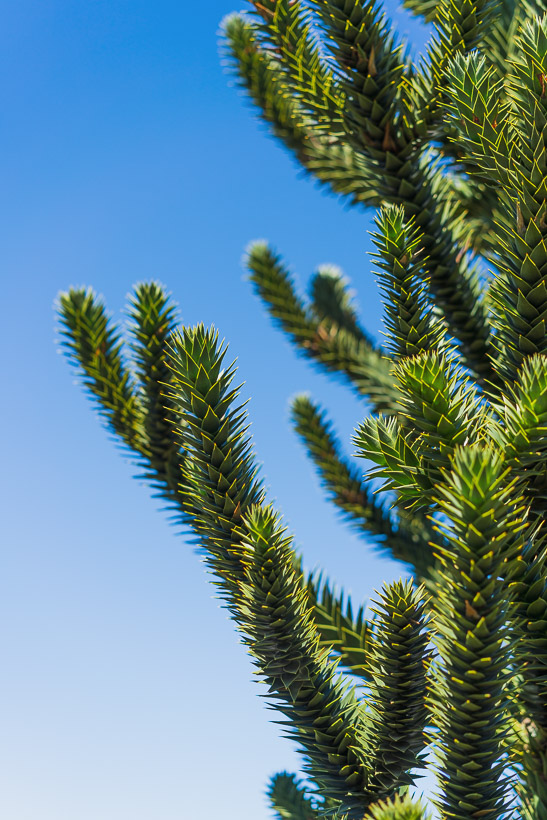
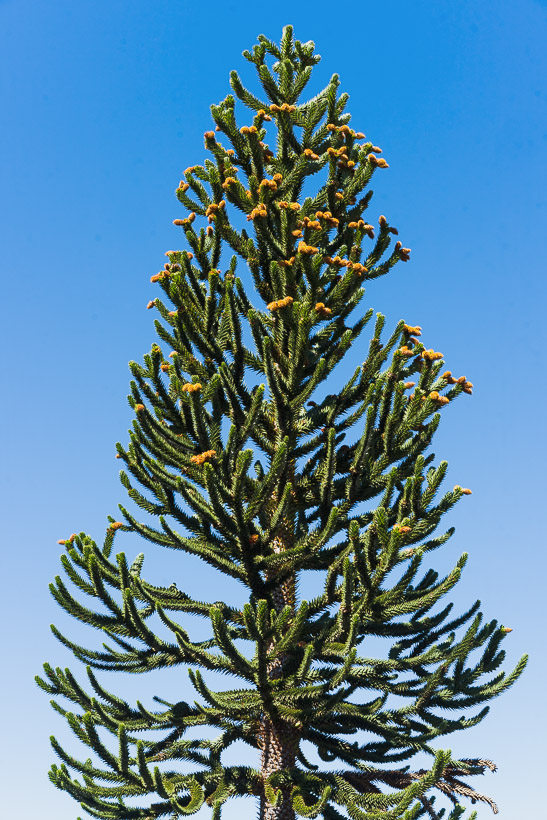
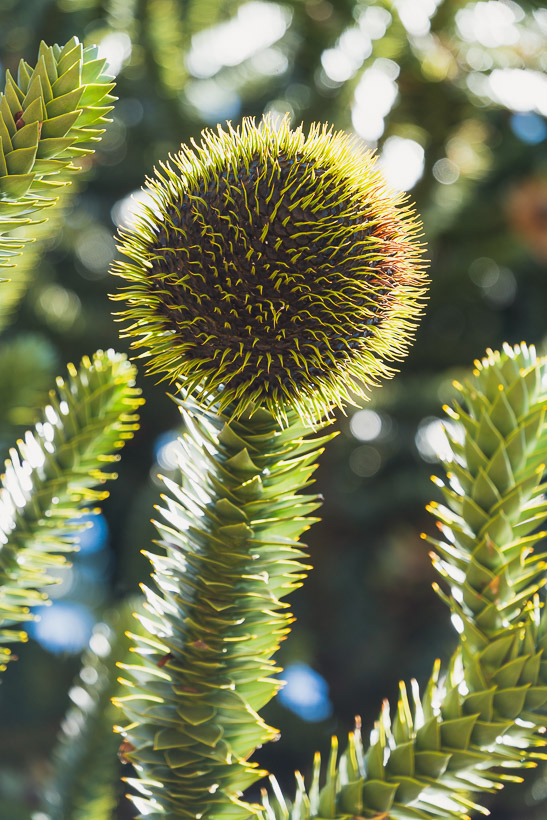
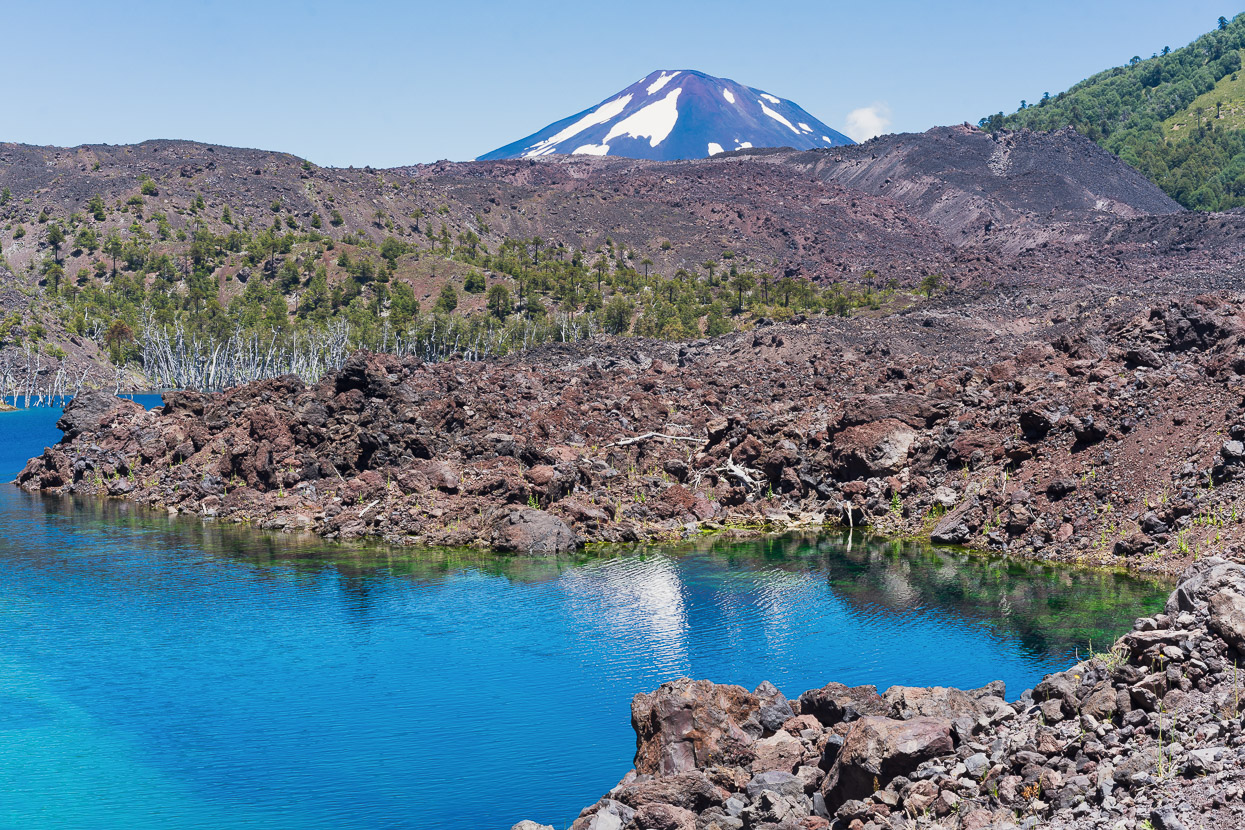
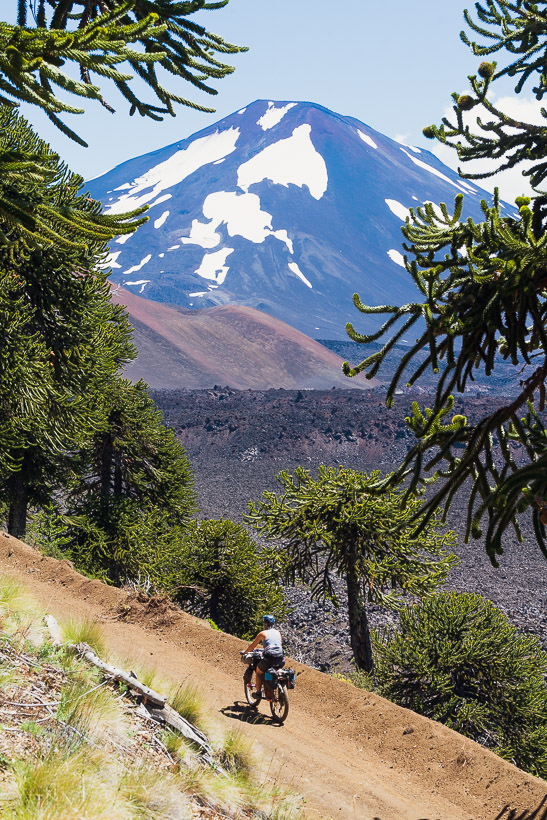
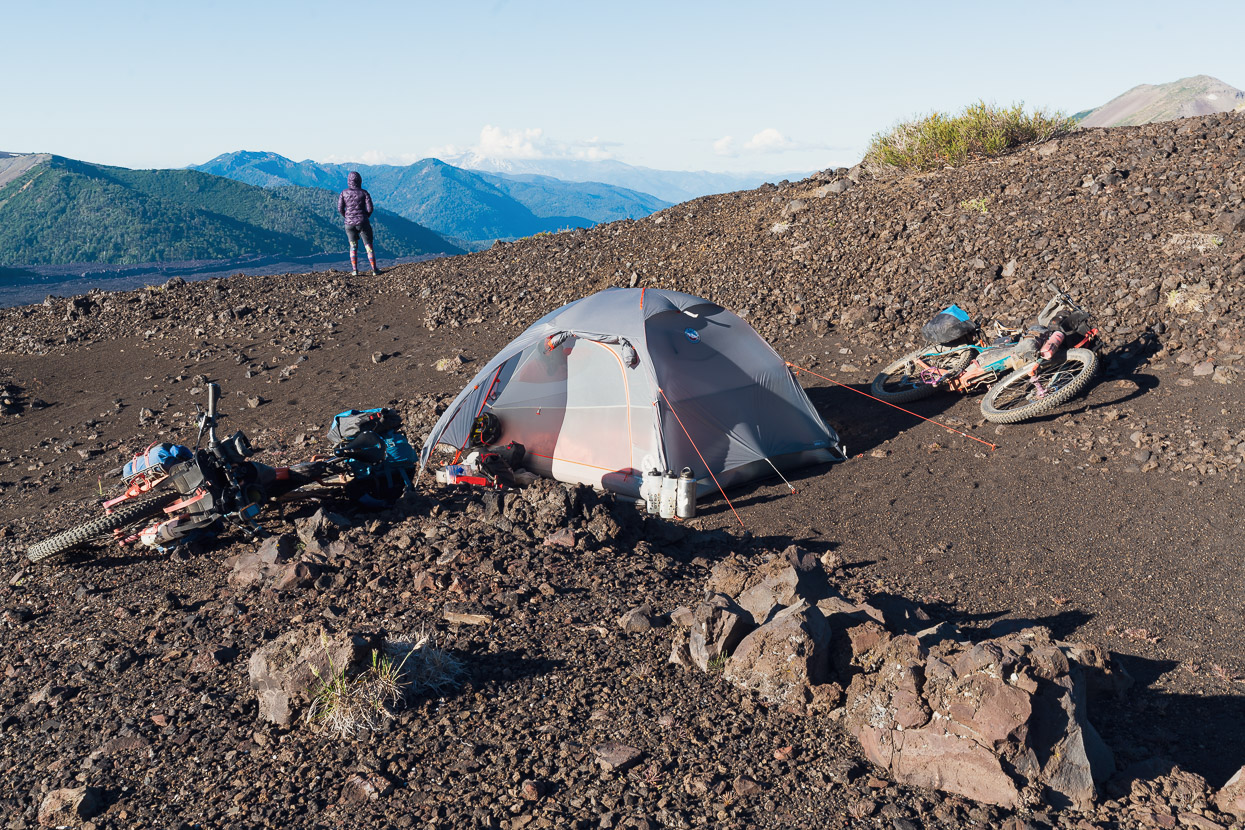
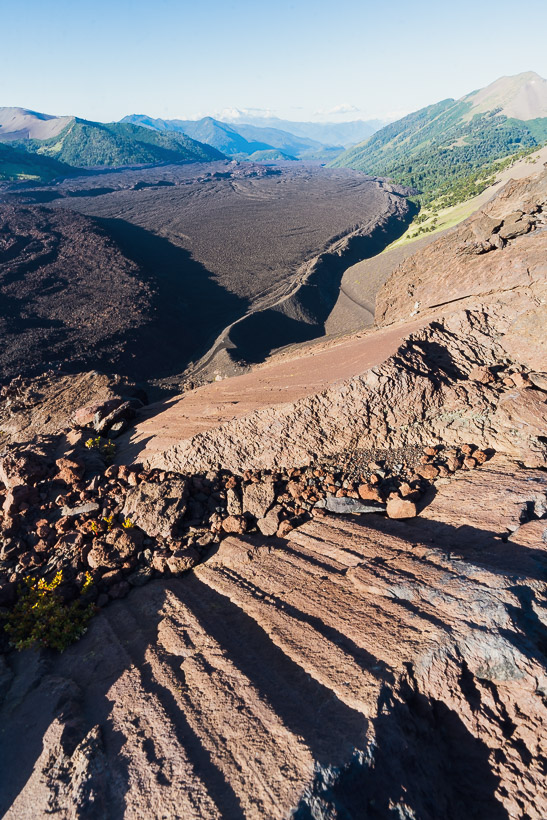
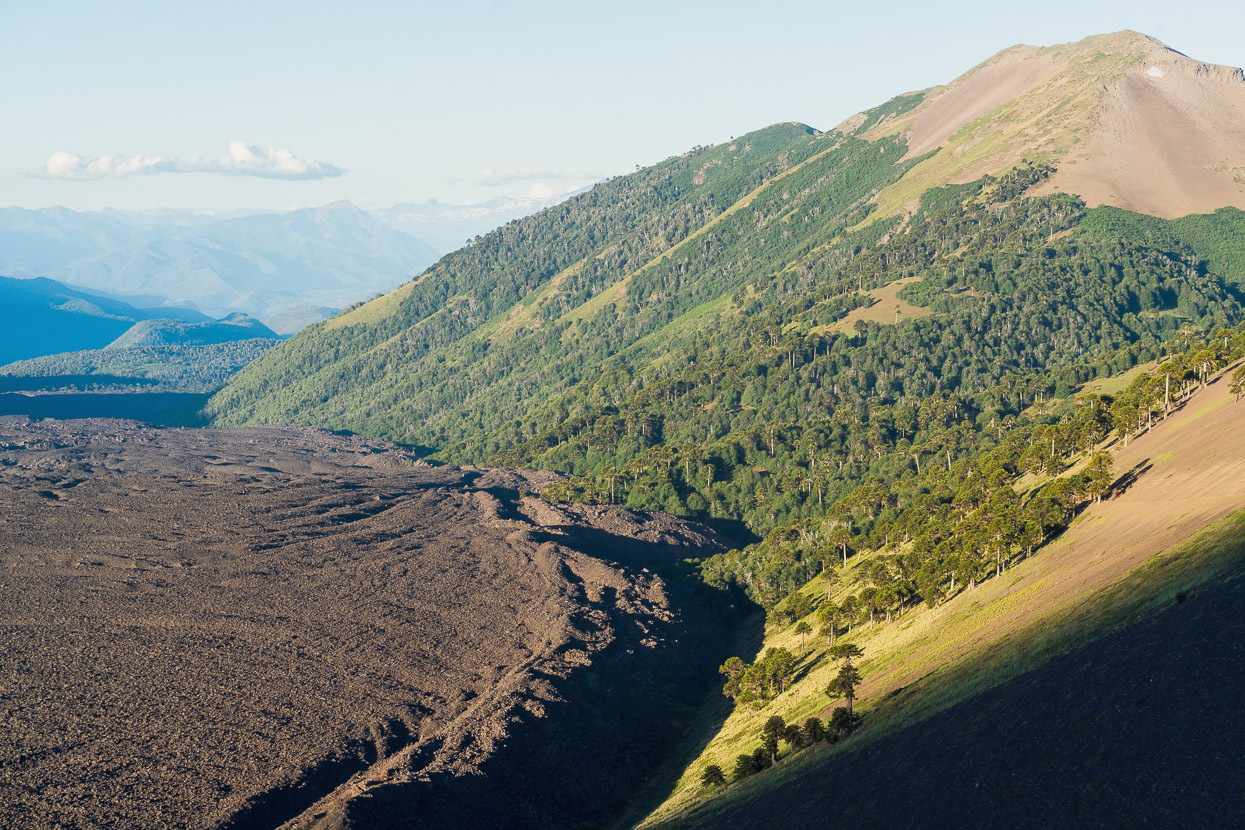
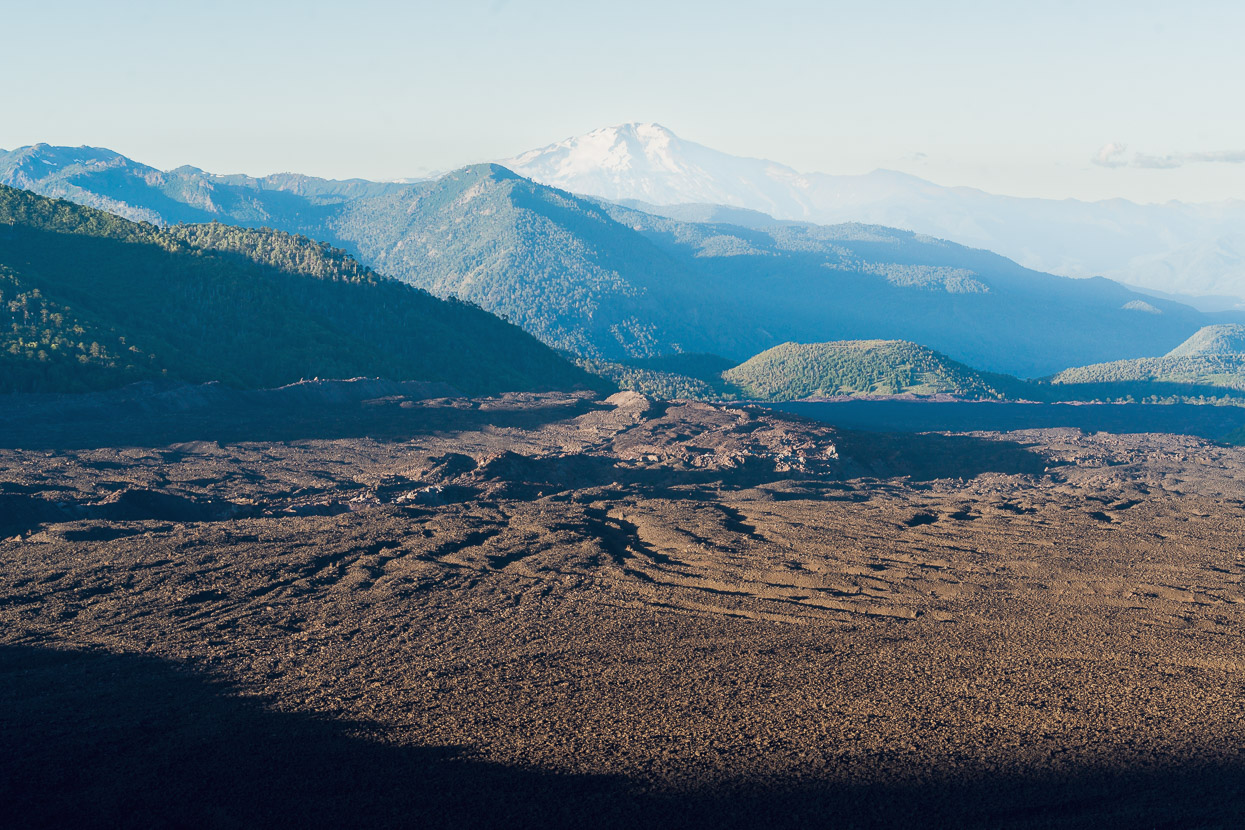
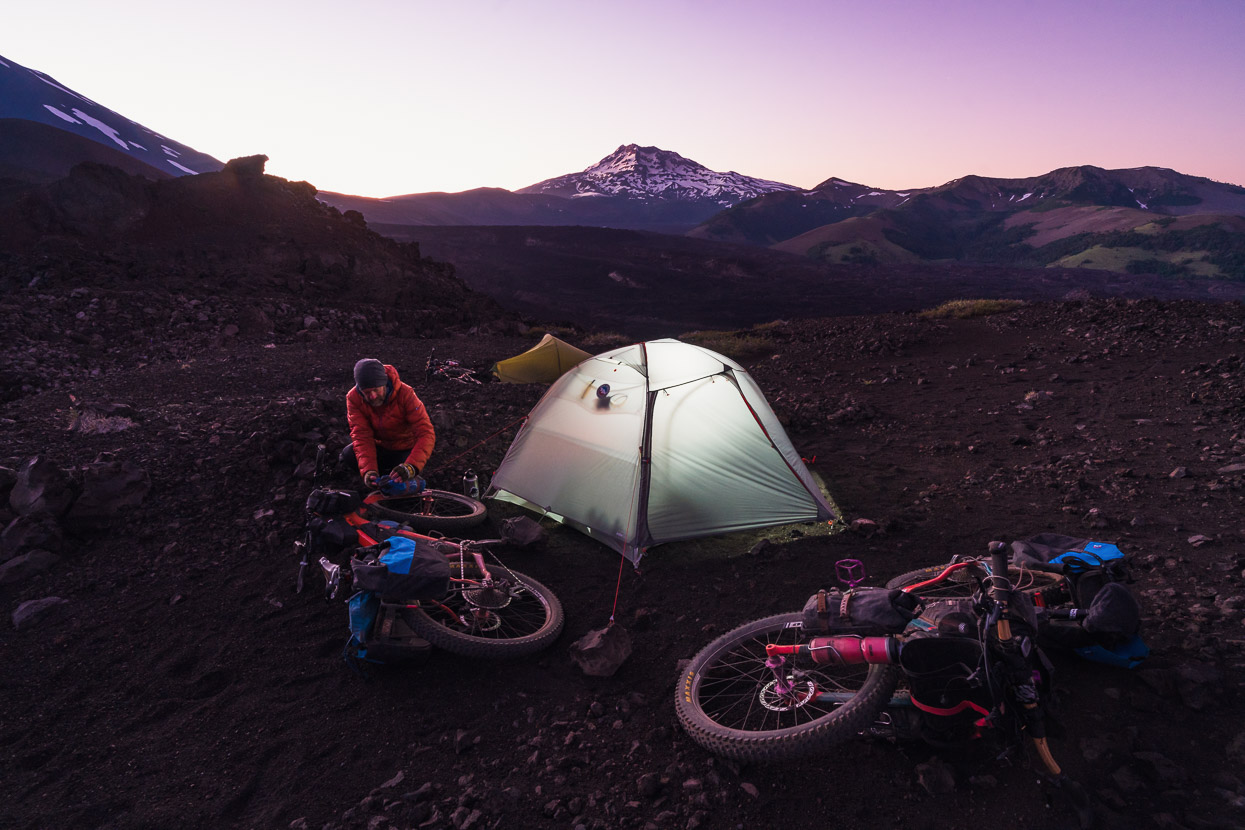
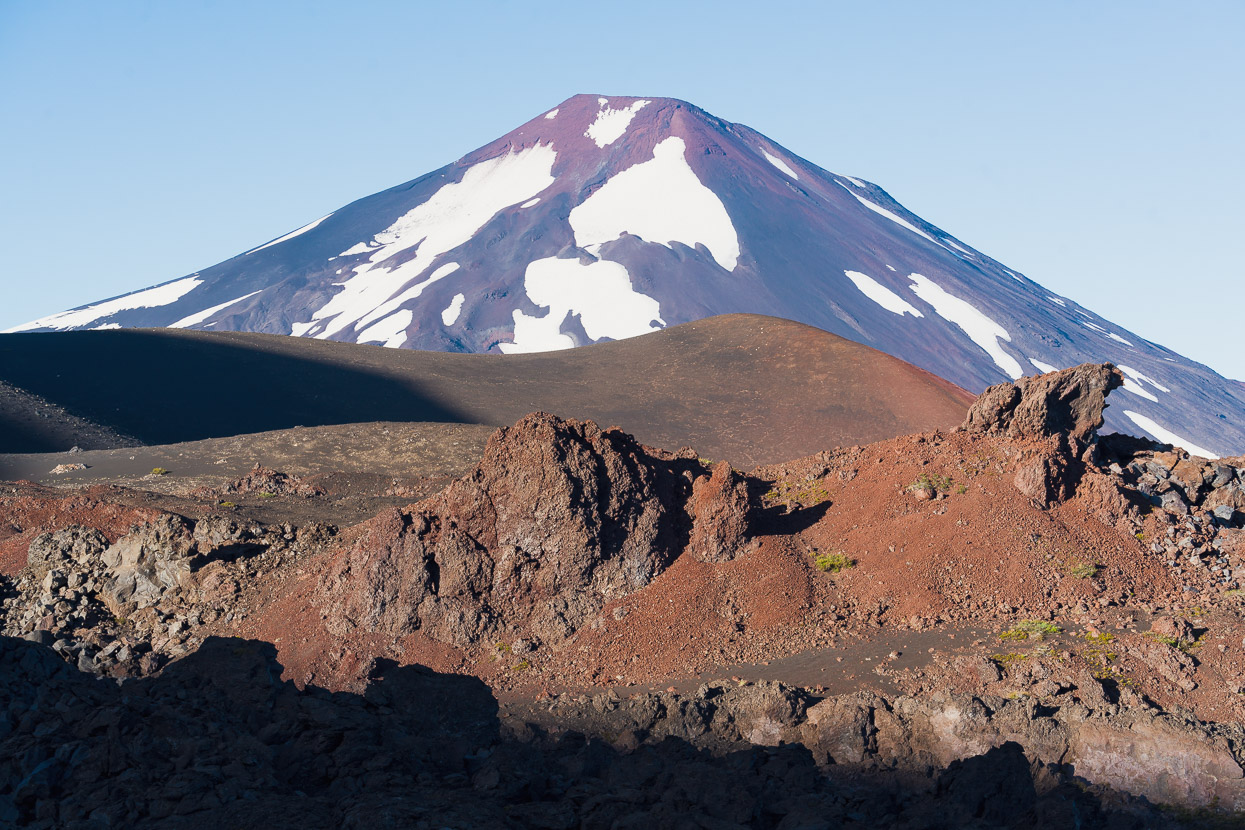
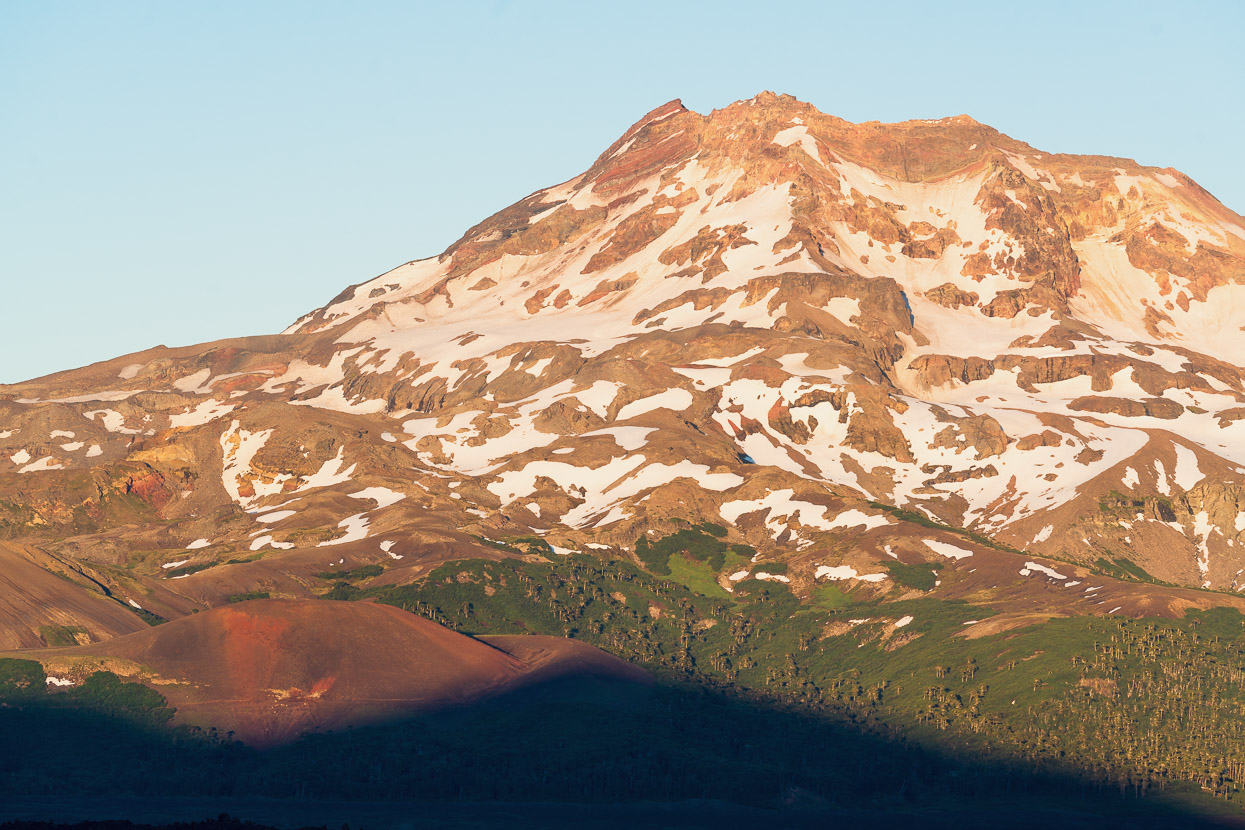
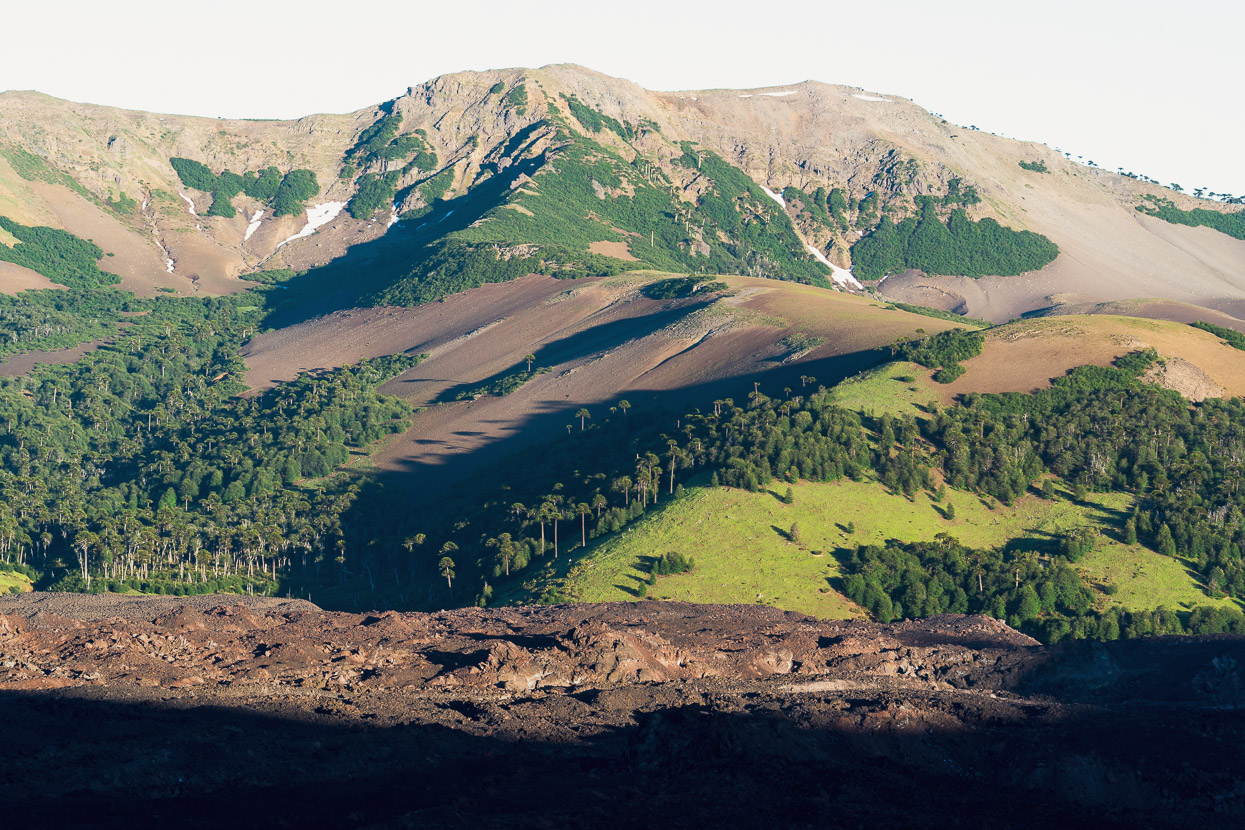
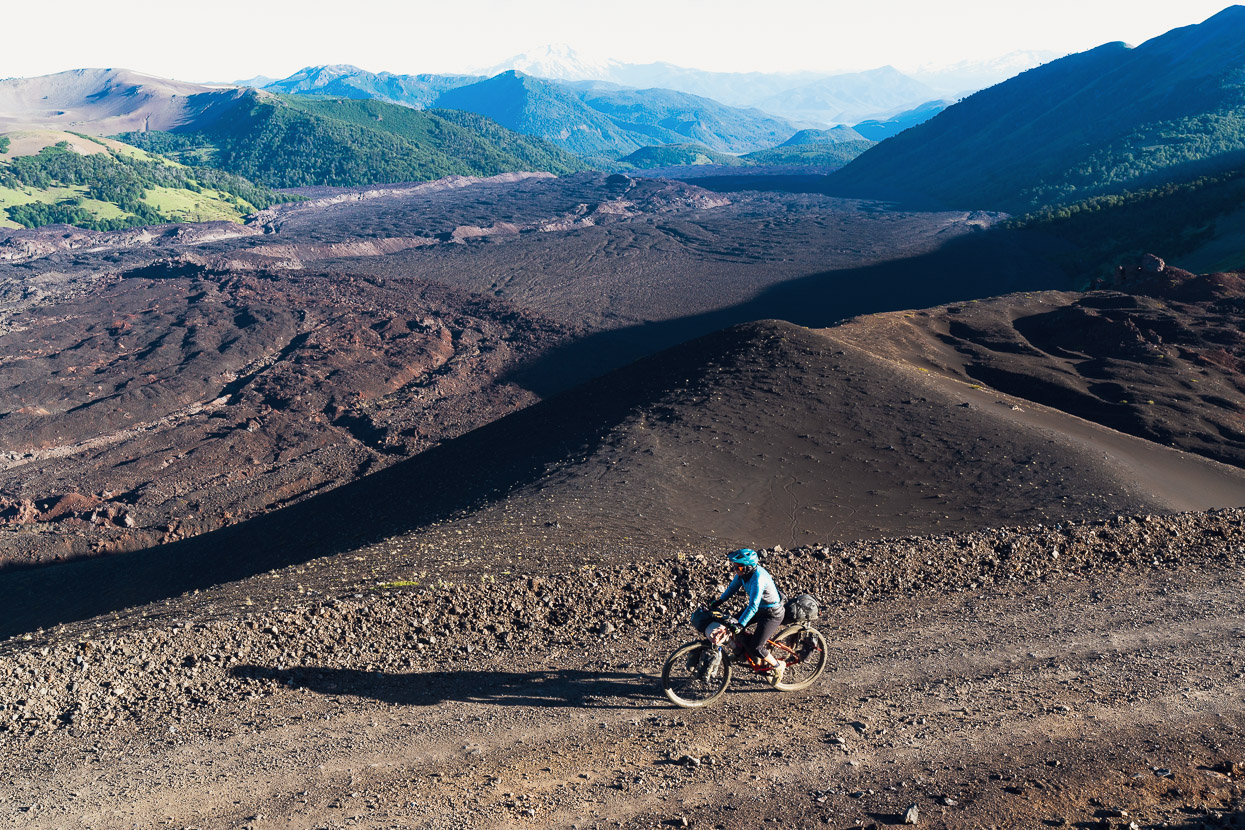
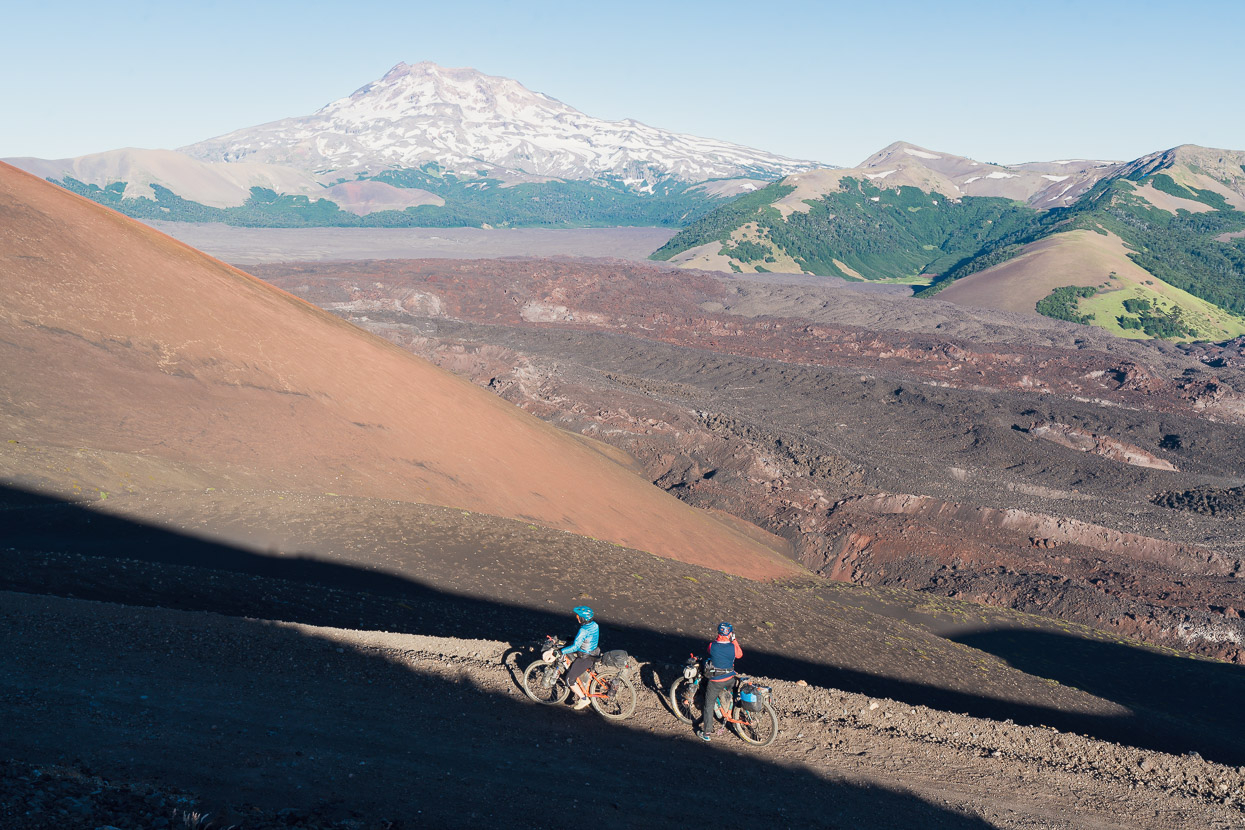
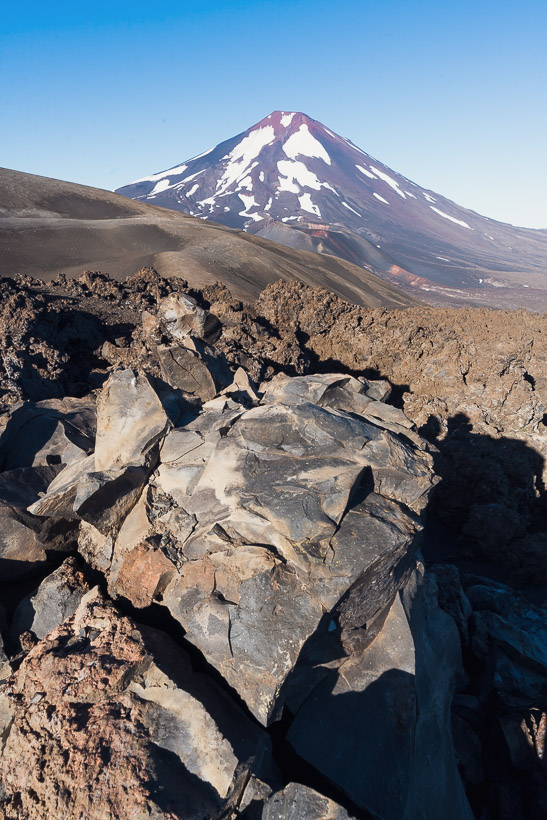
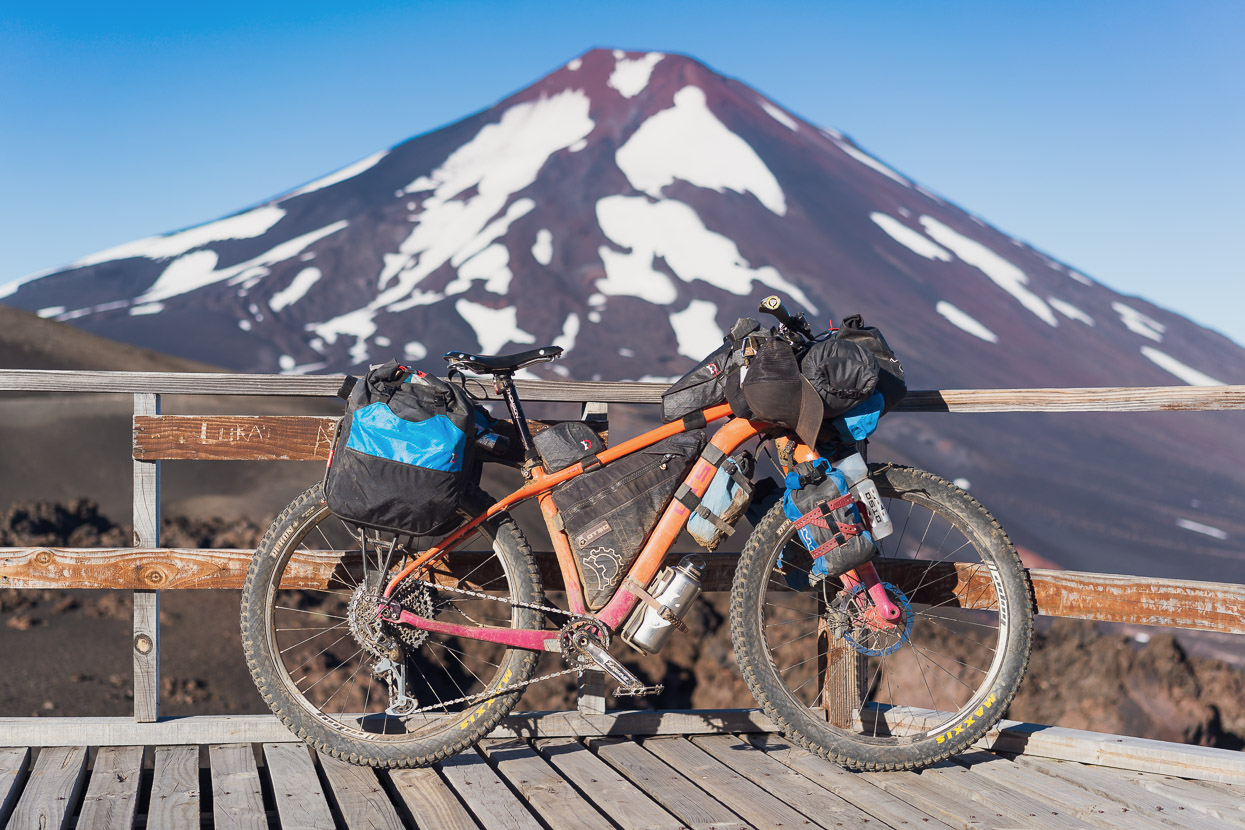
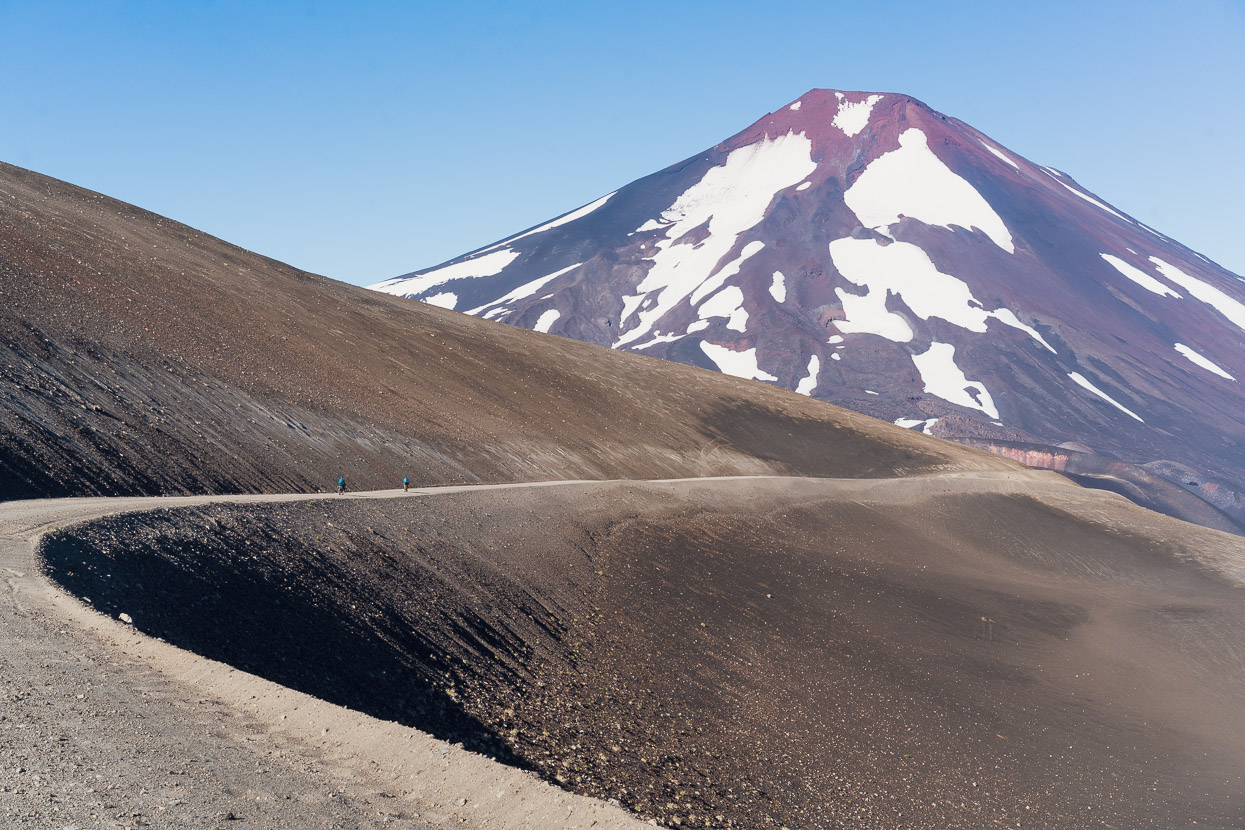
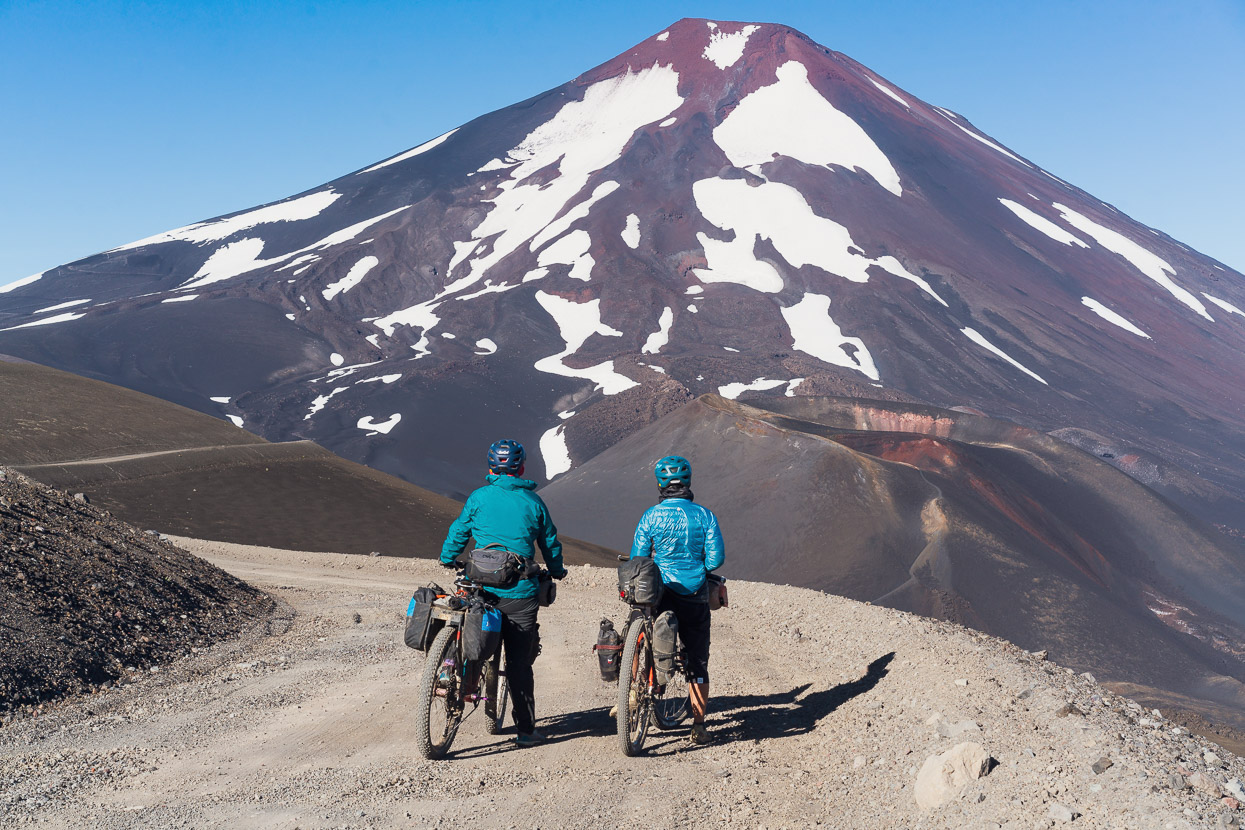
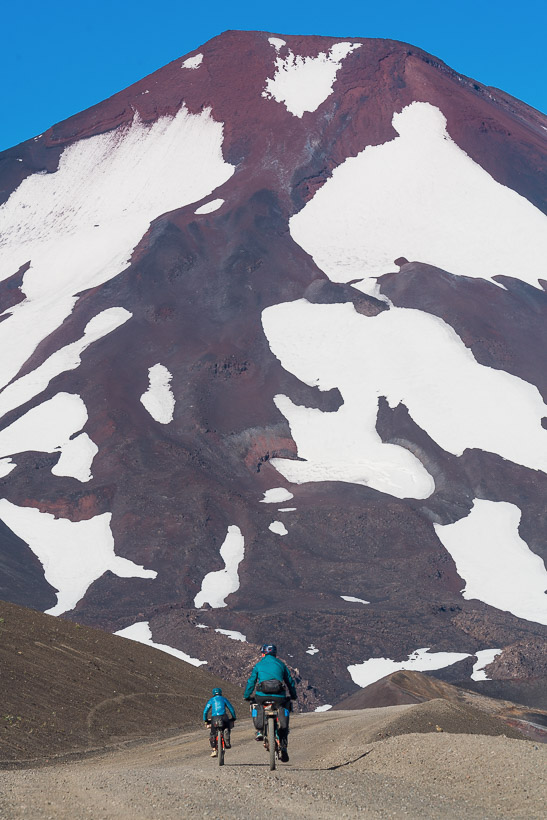
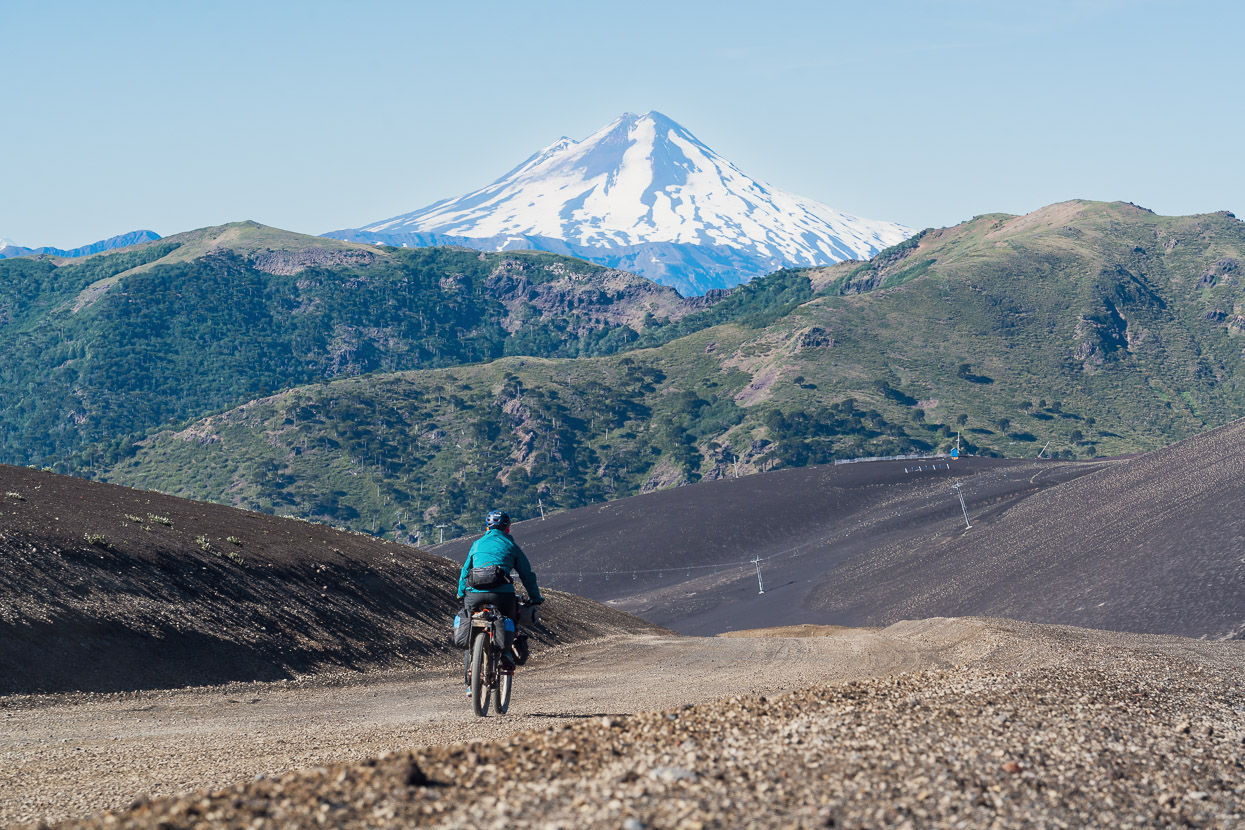
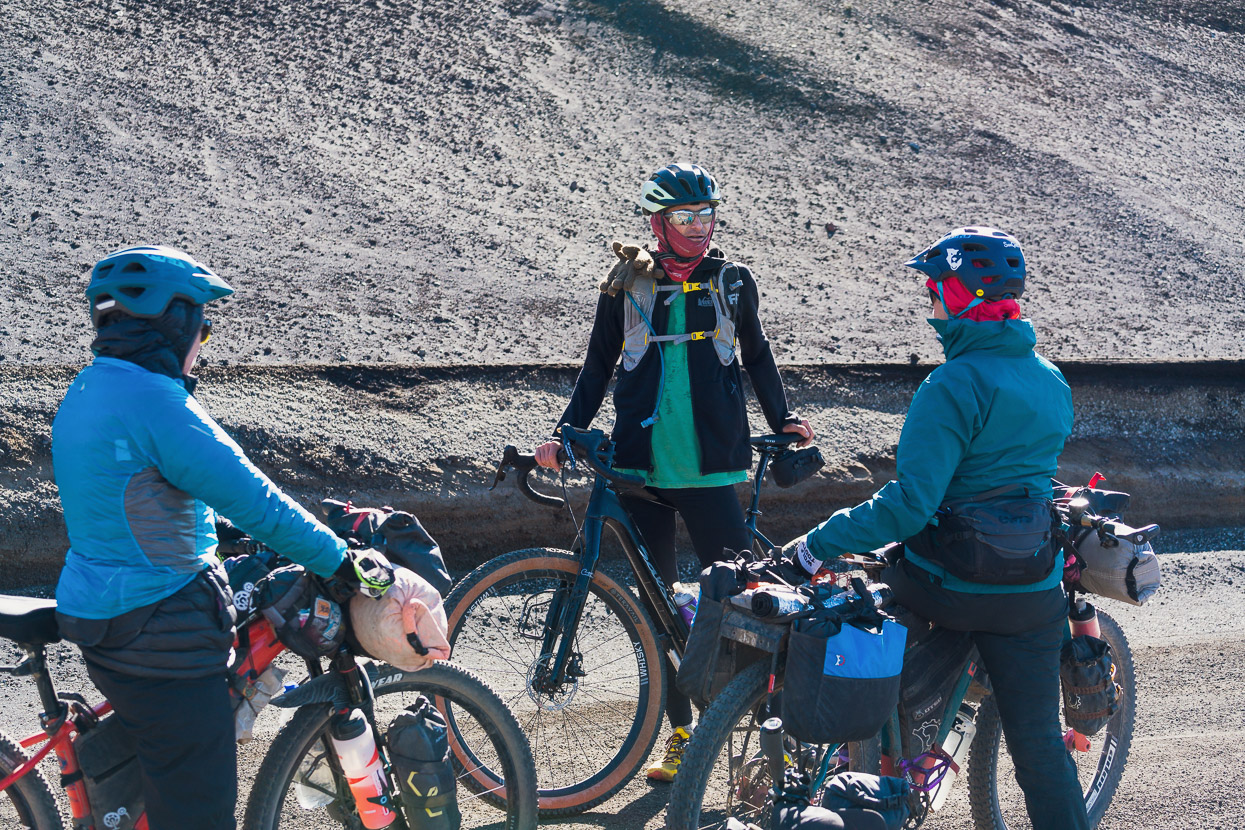
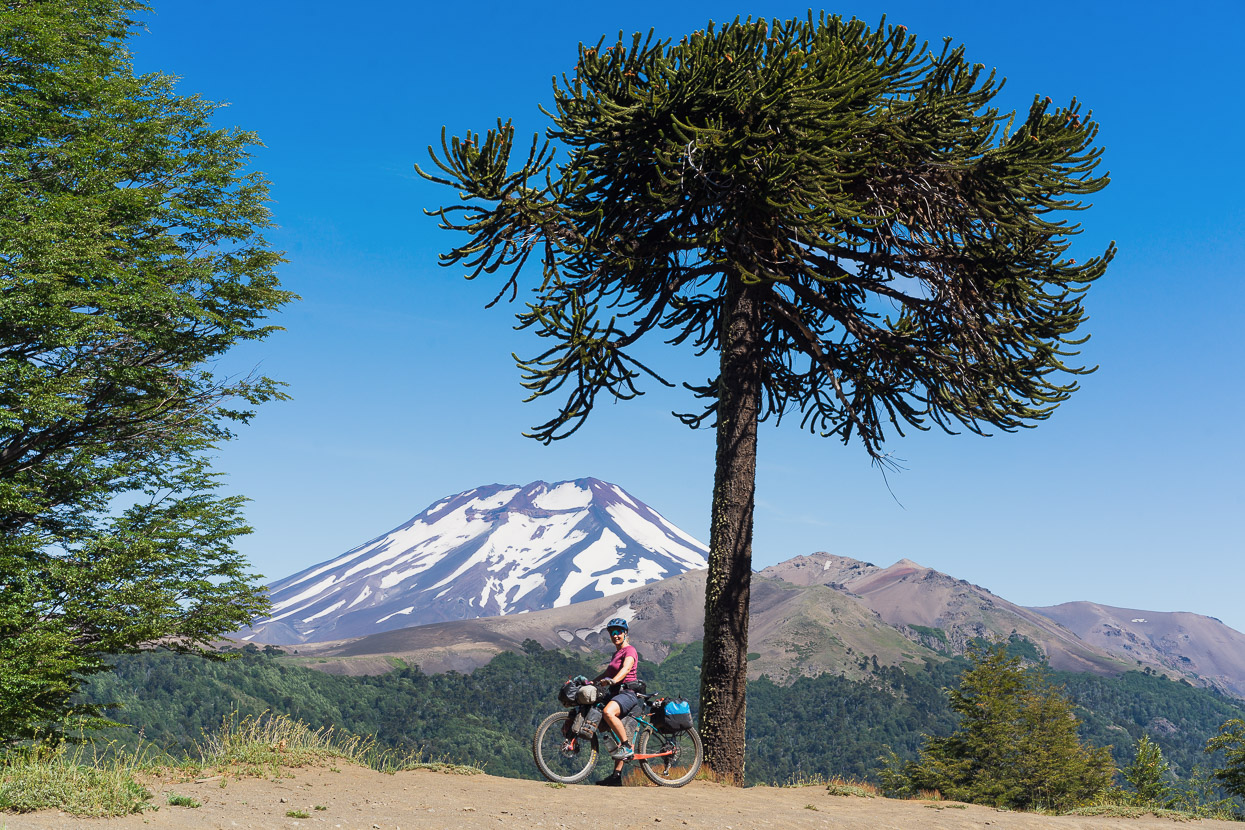
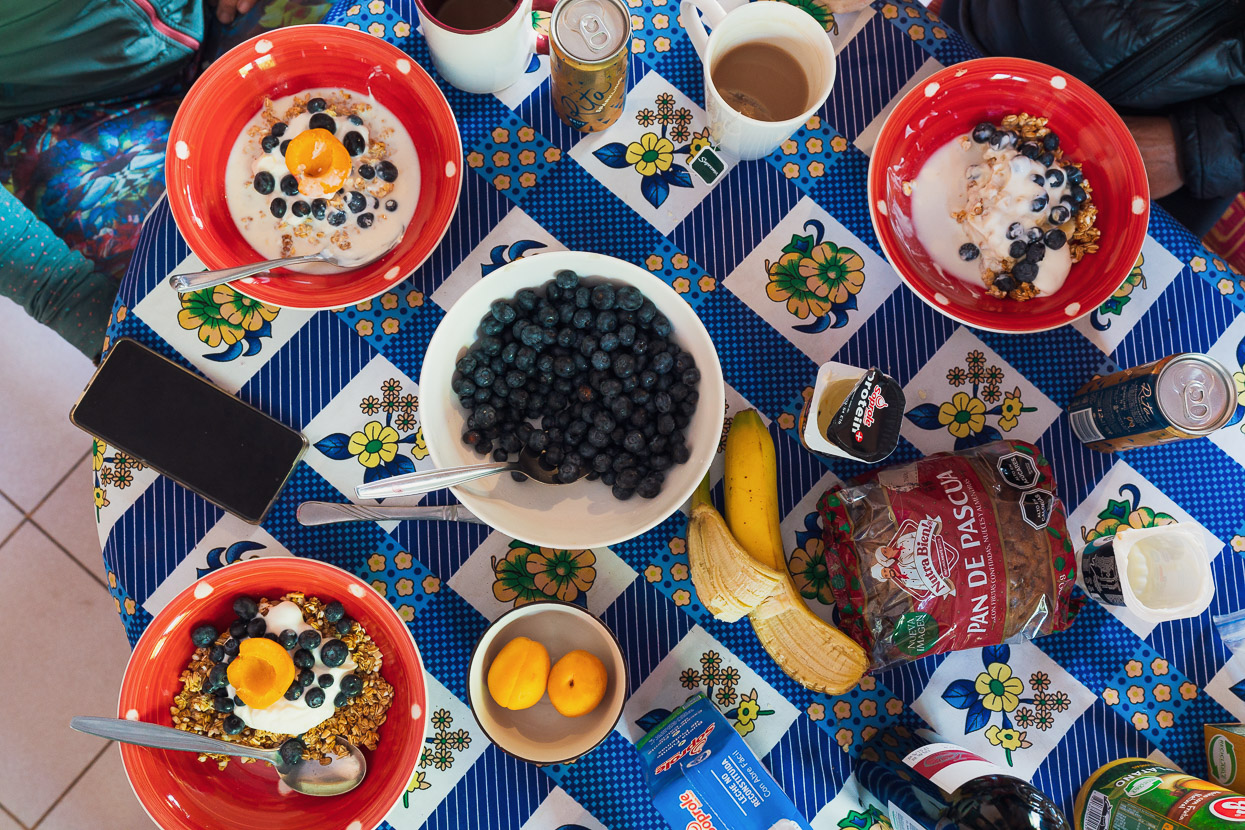
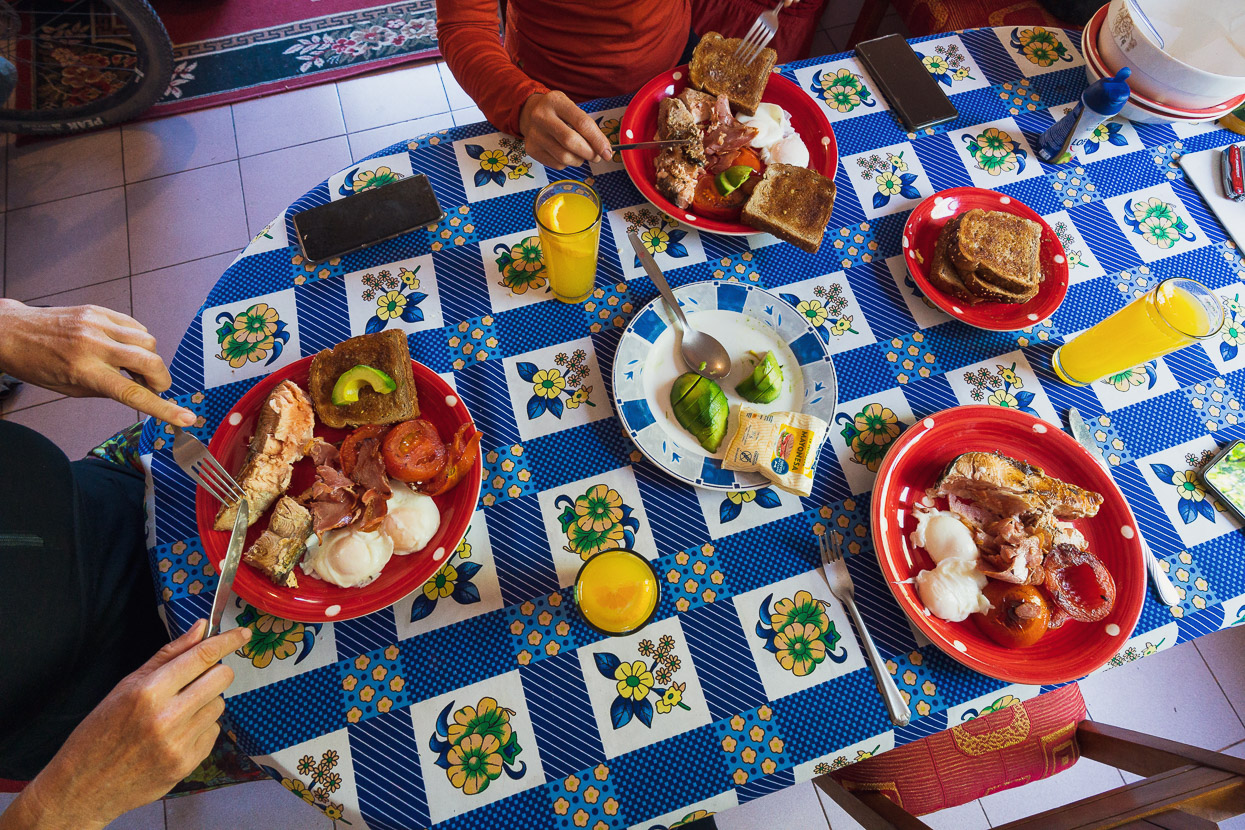
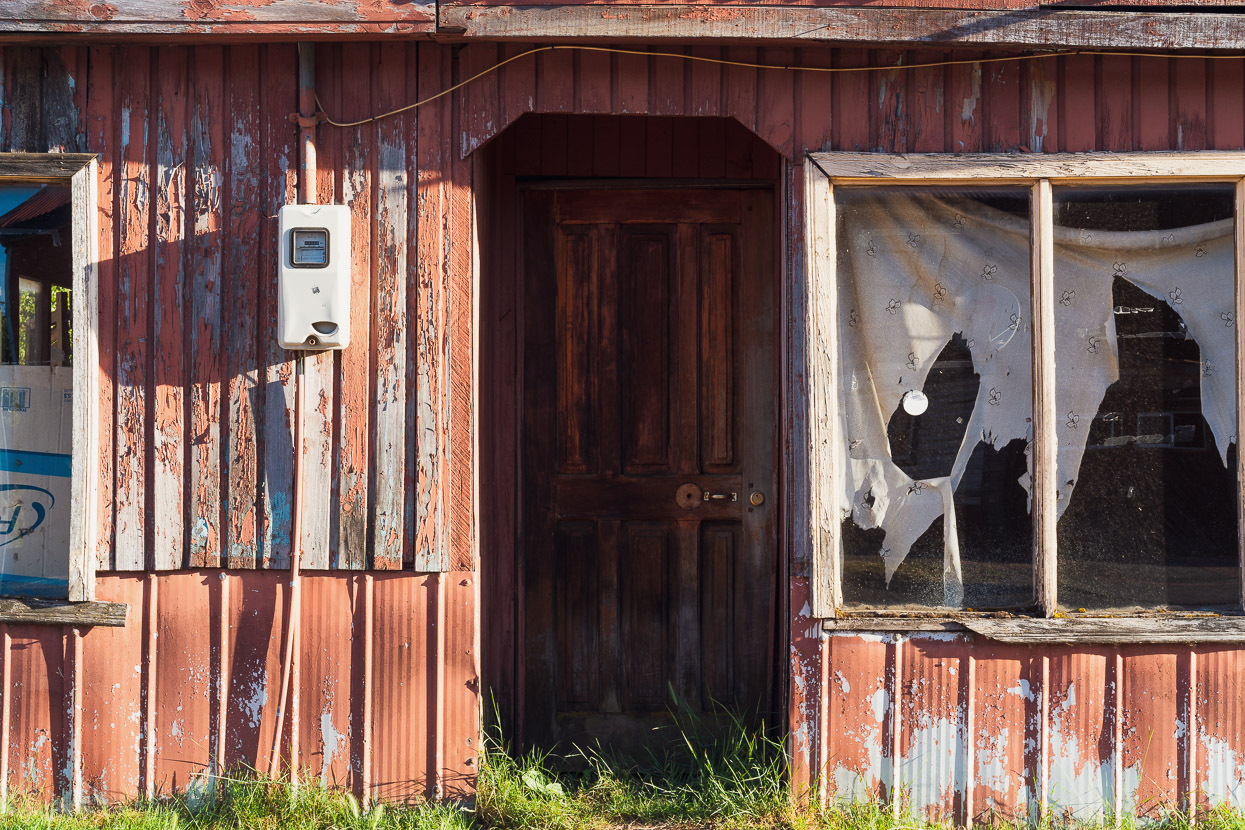
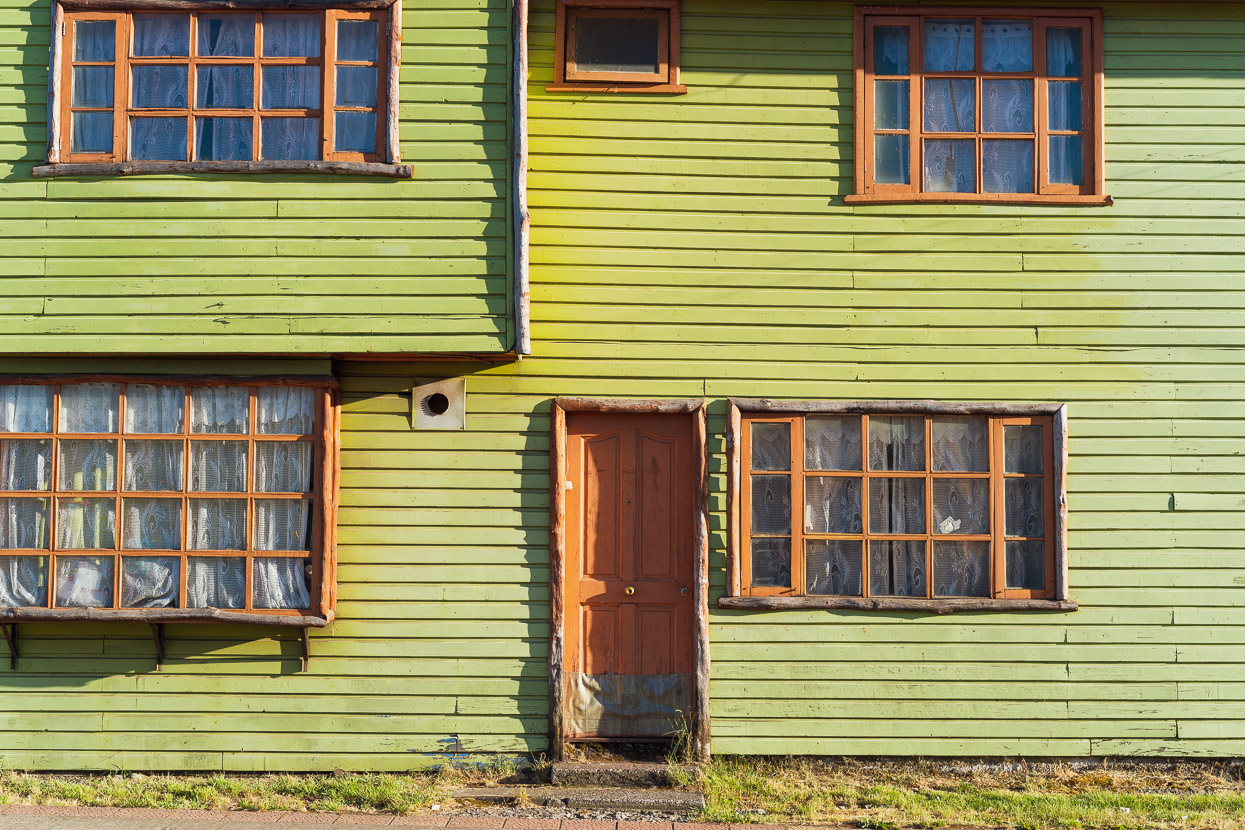
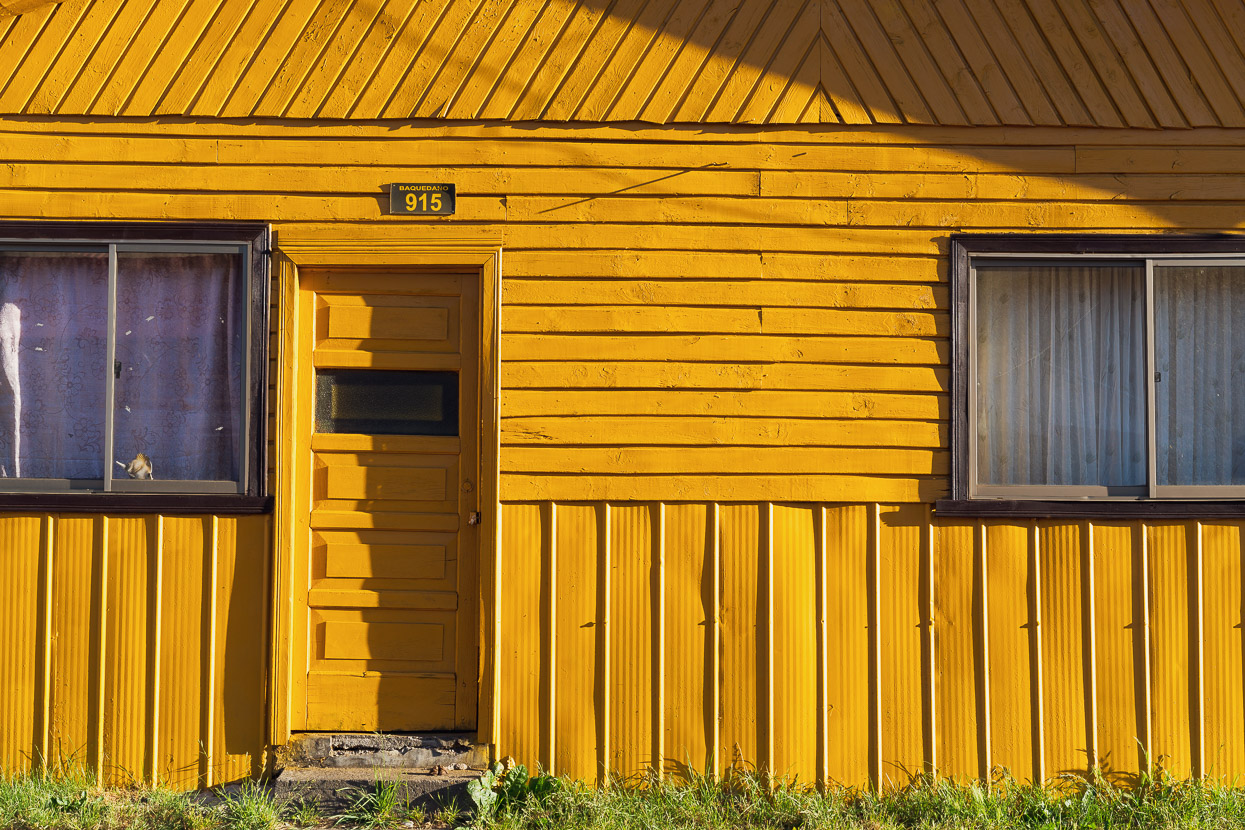
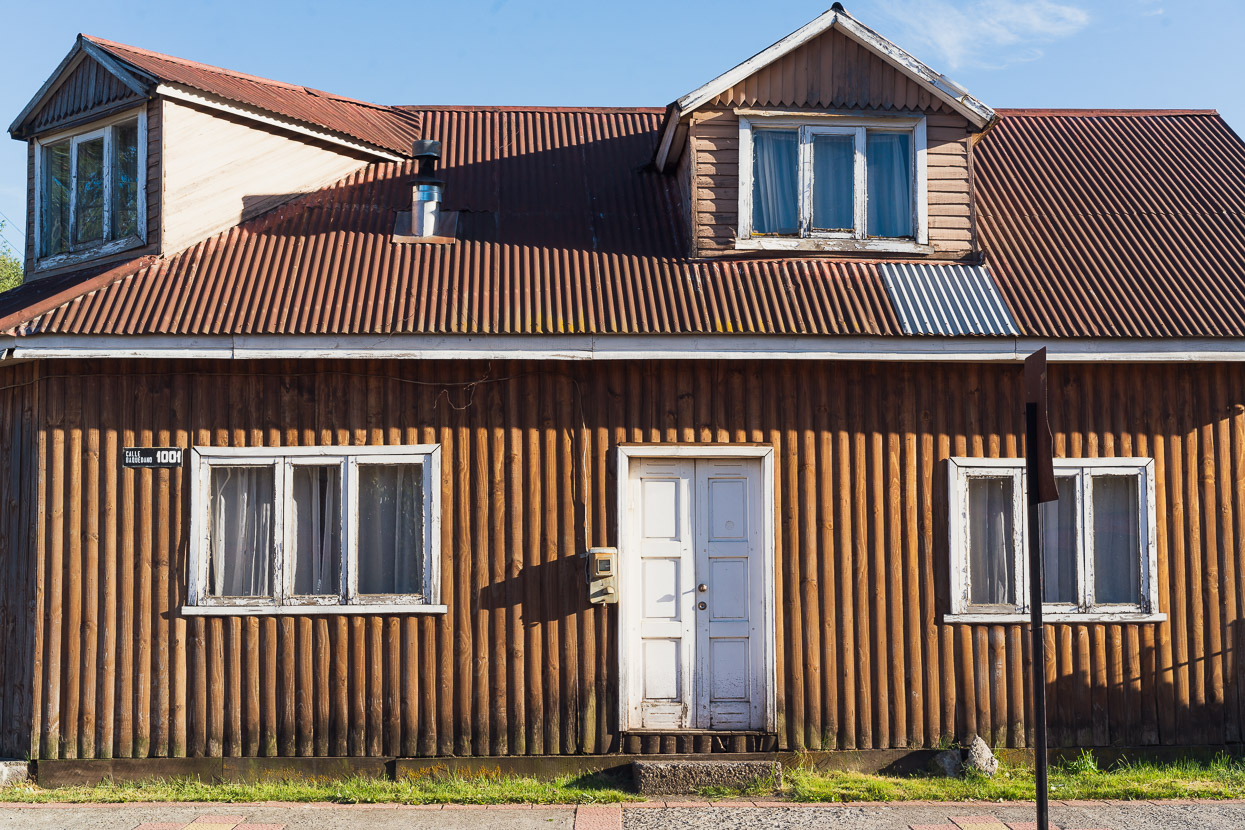
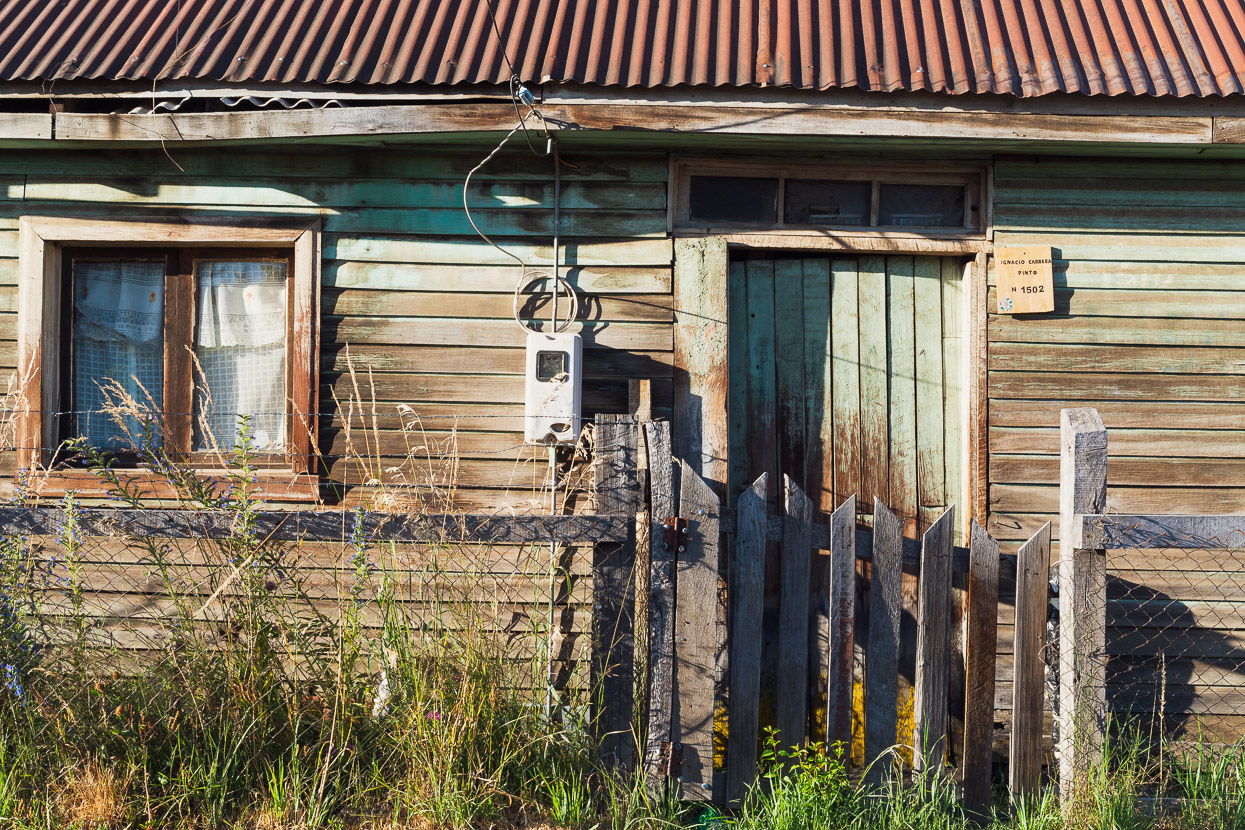
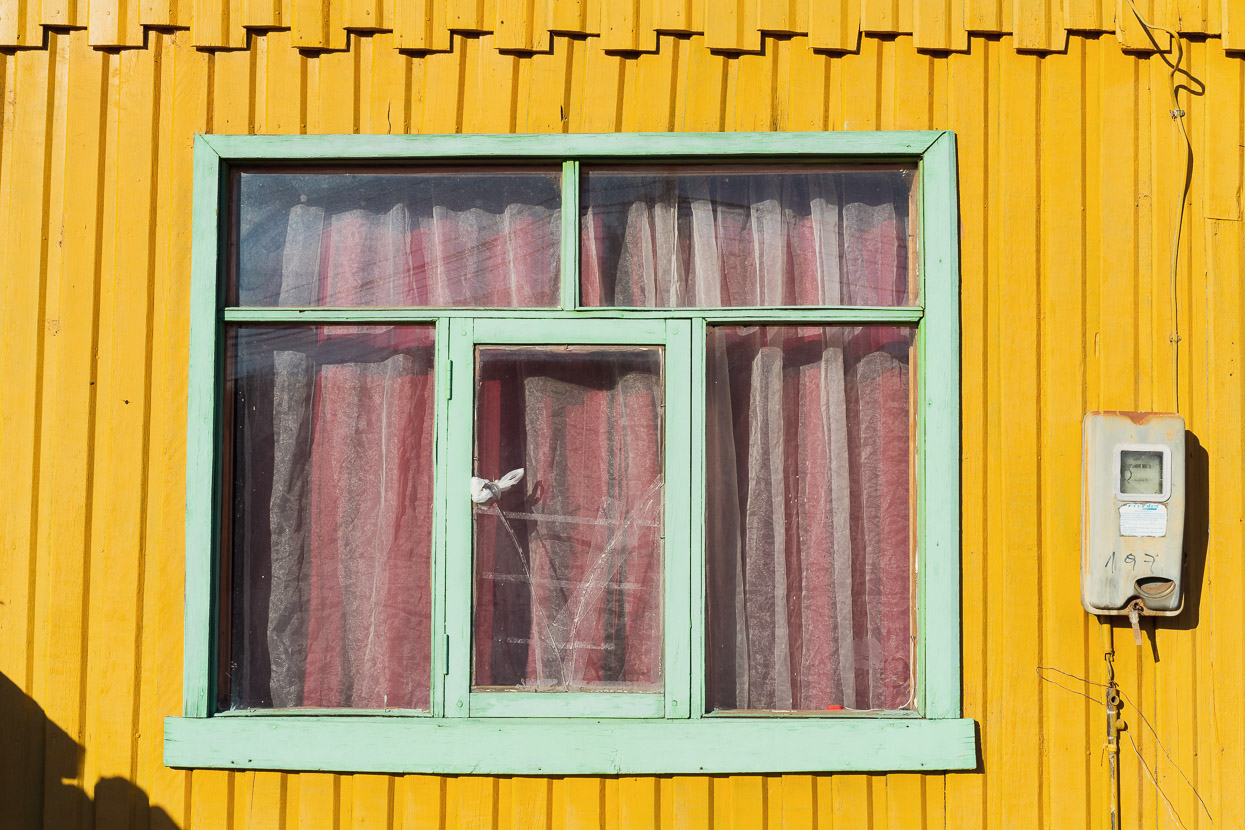
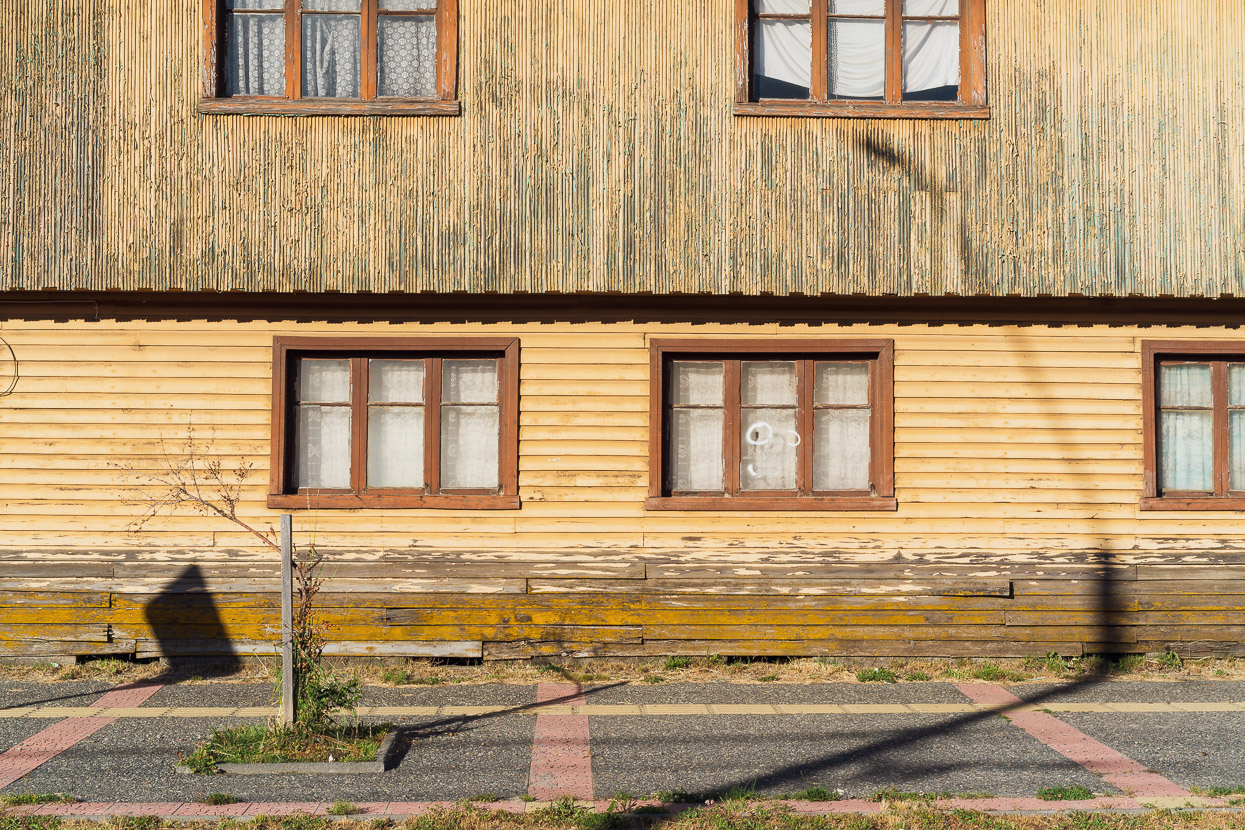
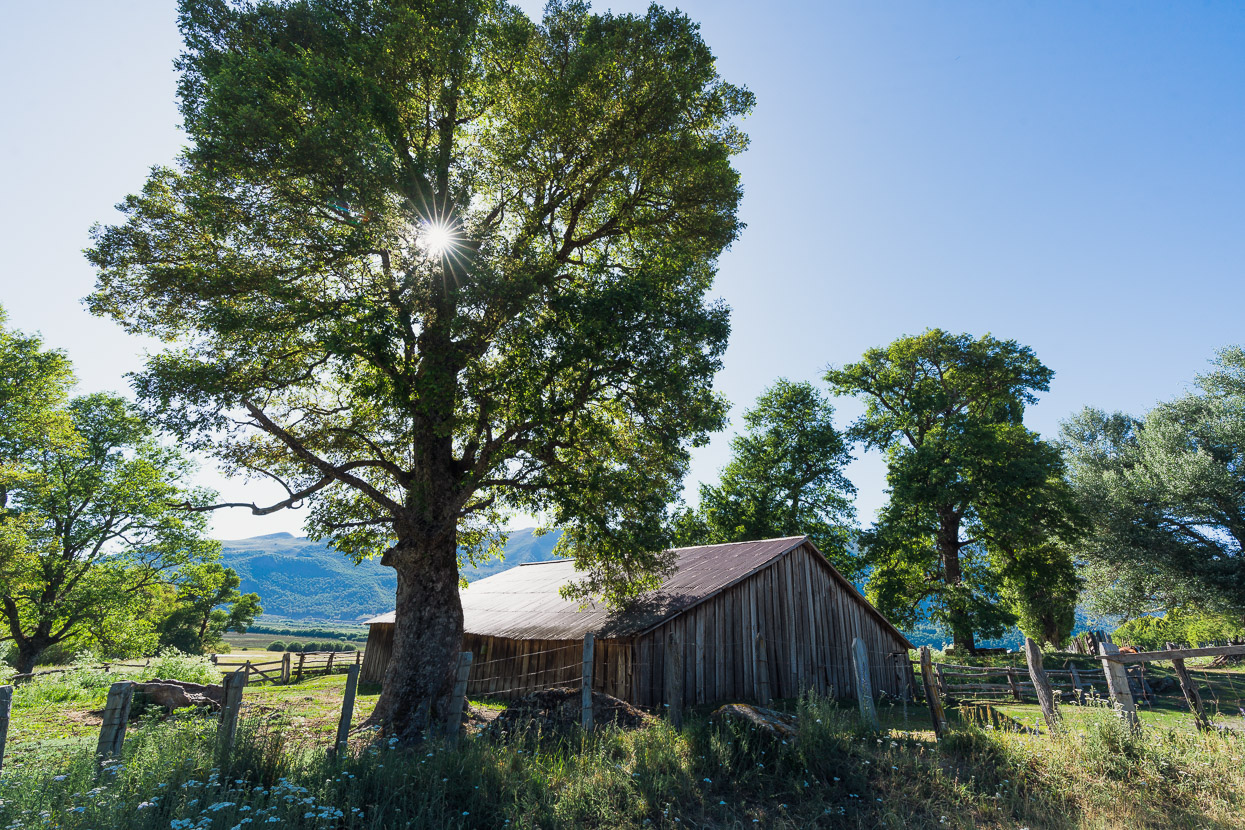
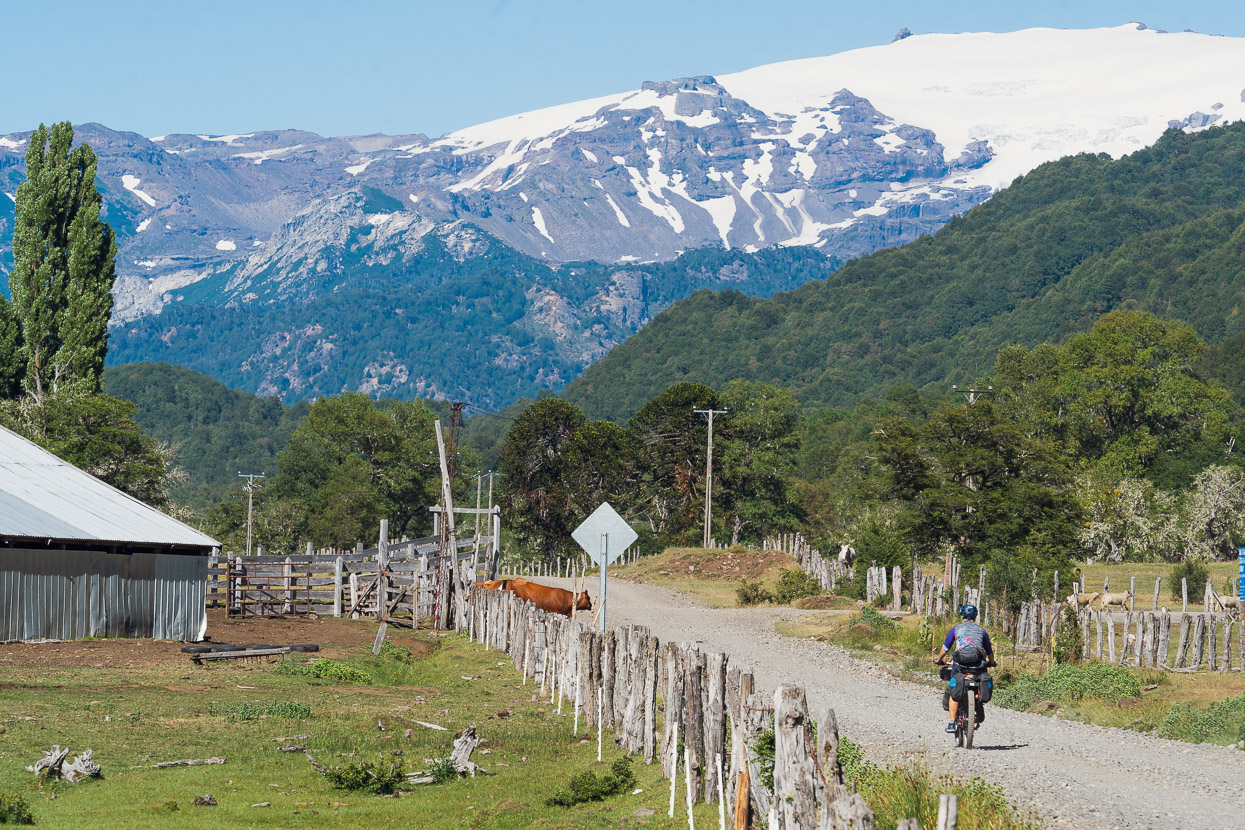
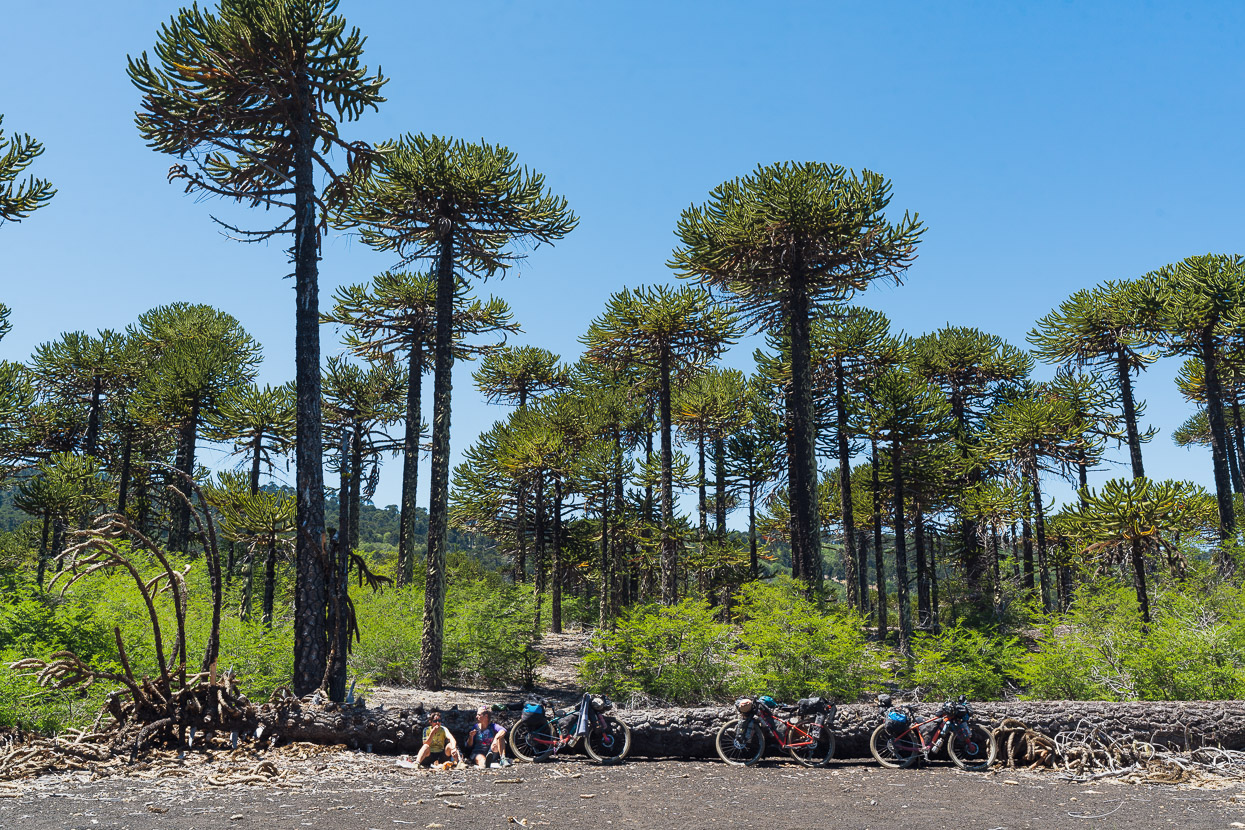
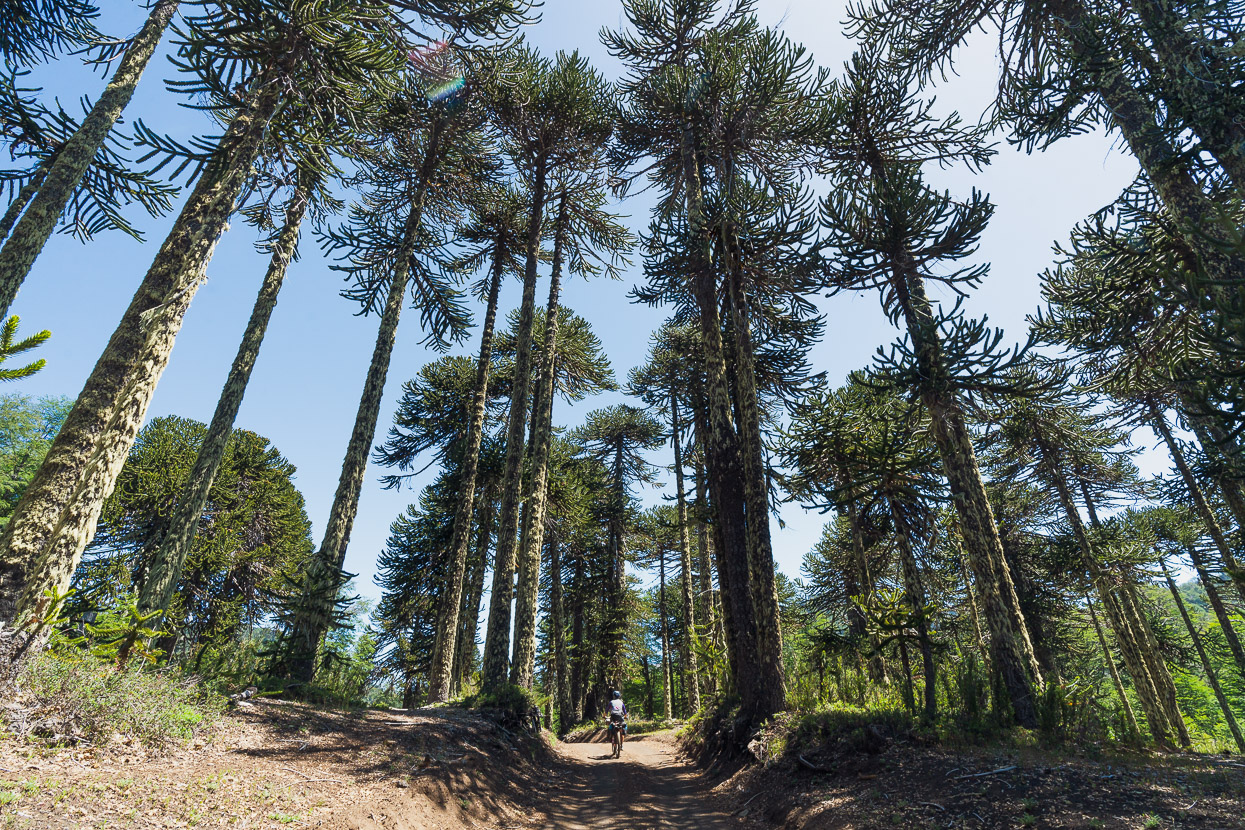
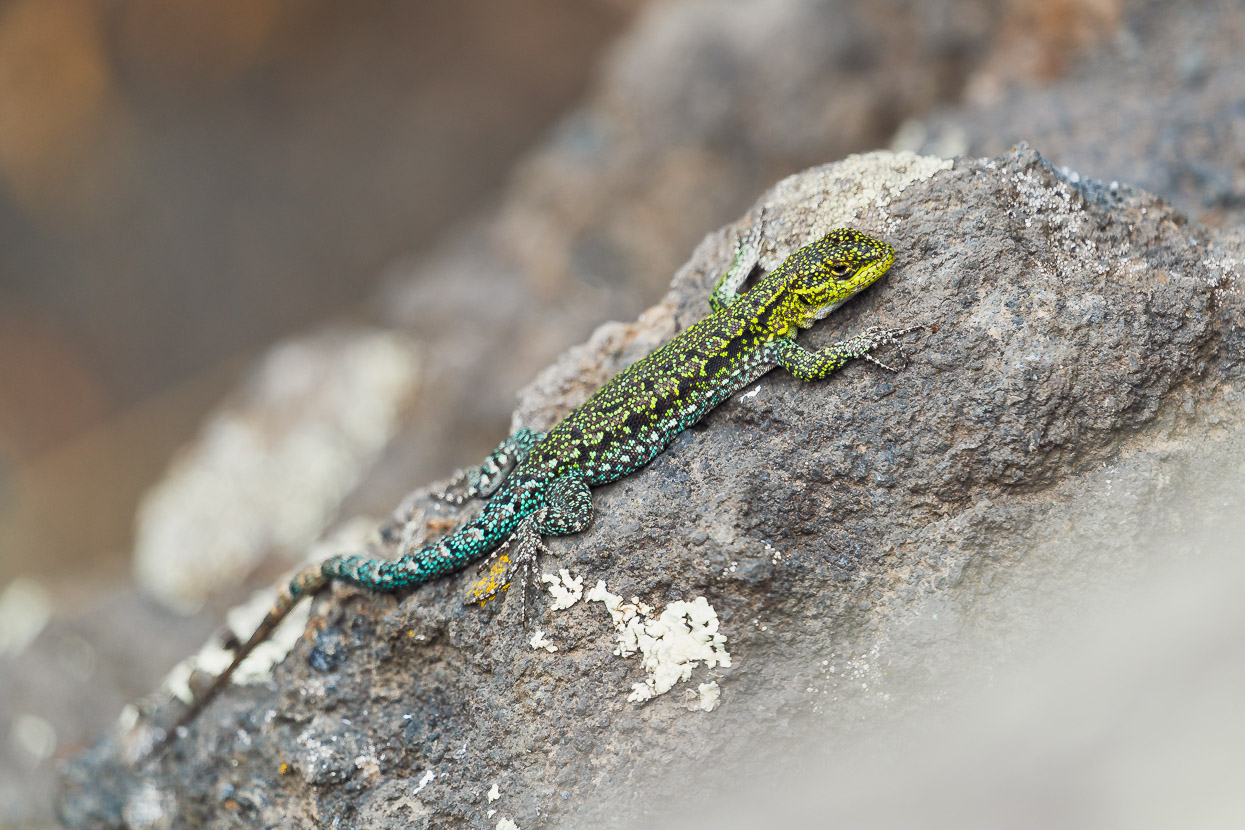
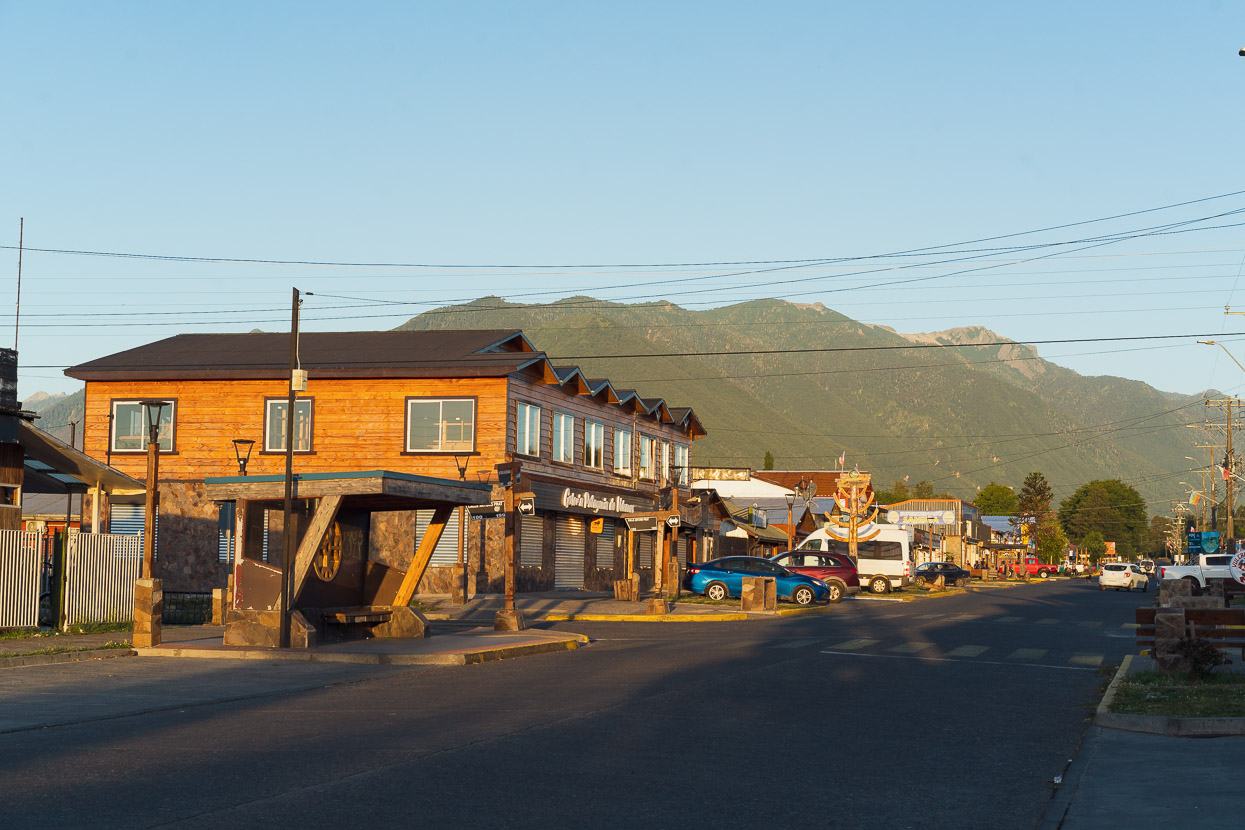
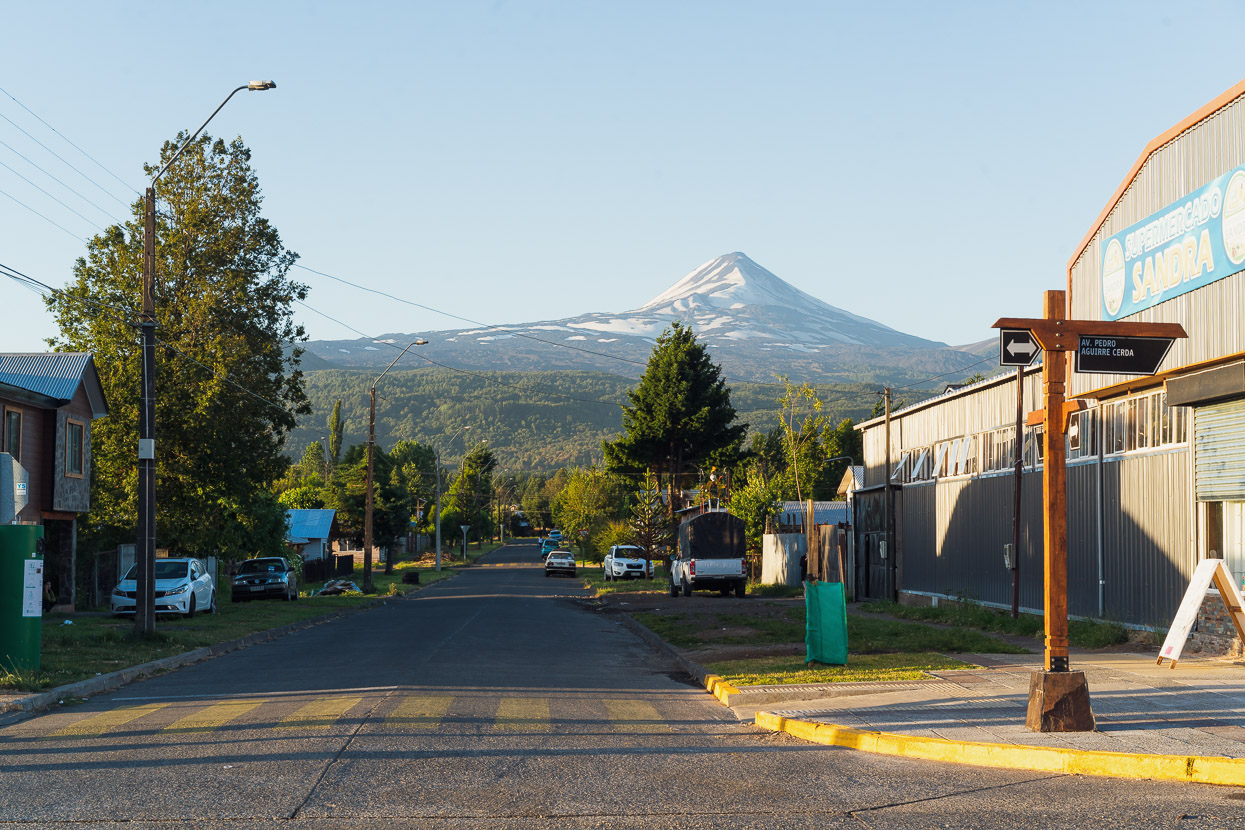
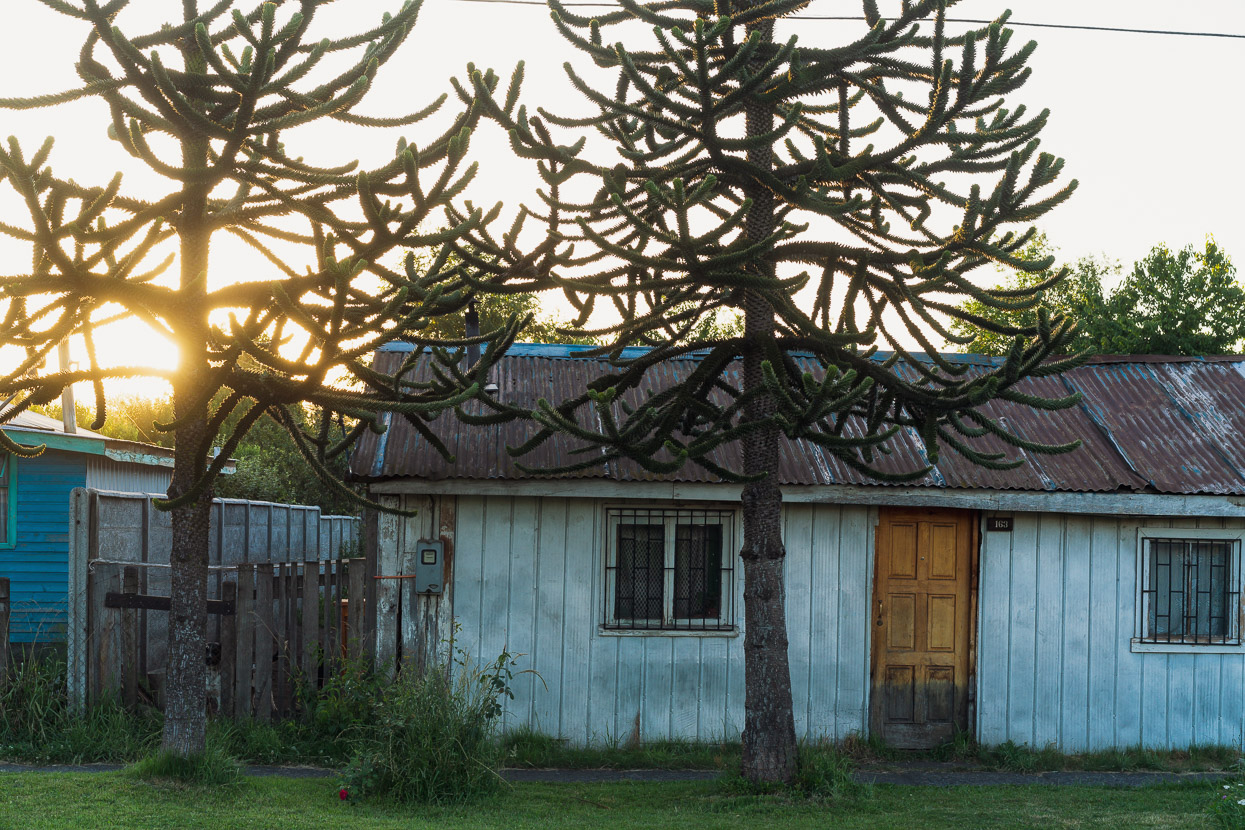
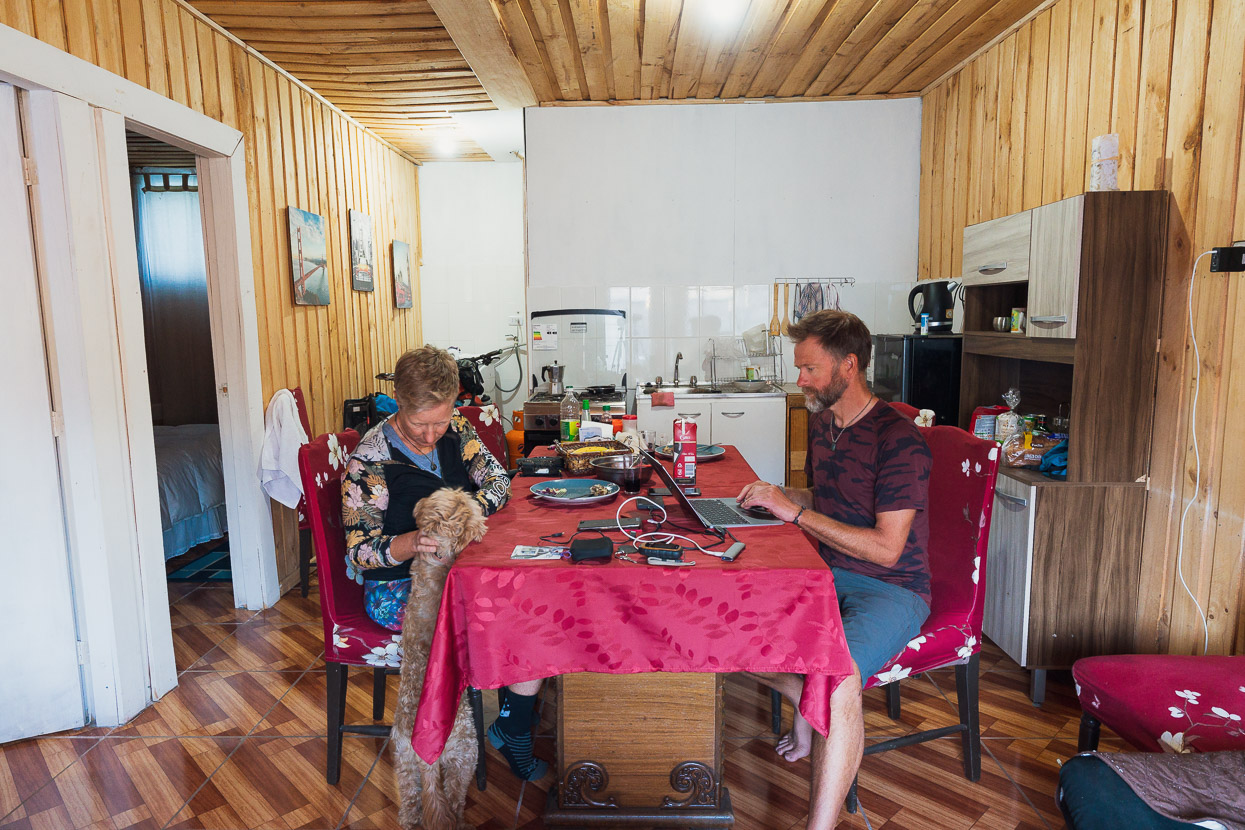
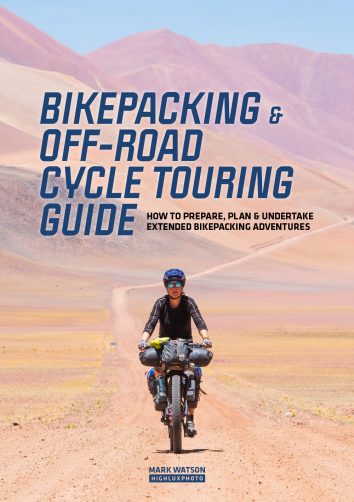
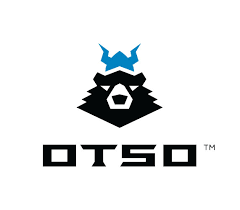

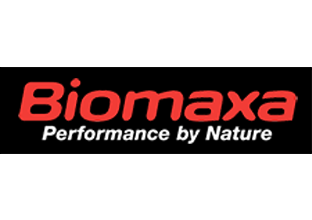

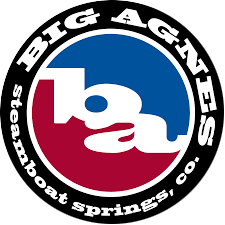








Join the discussion One Comment